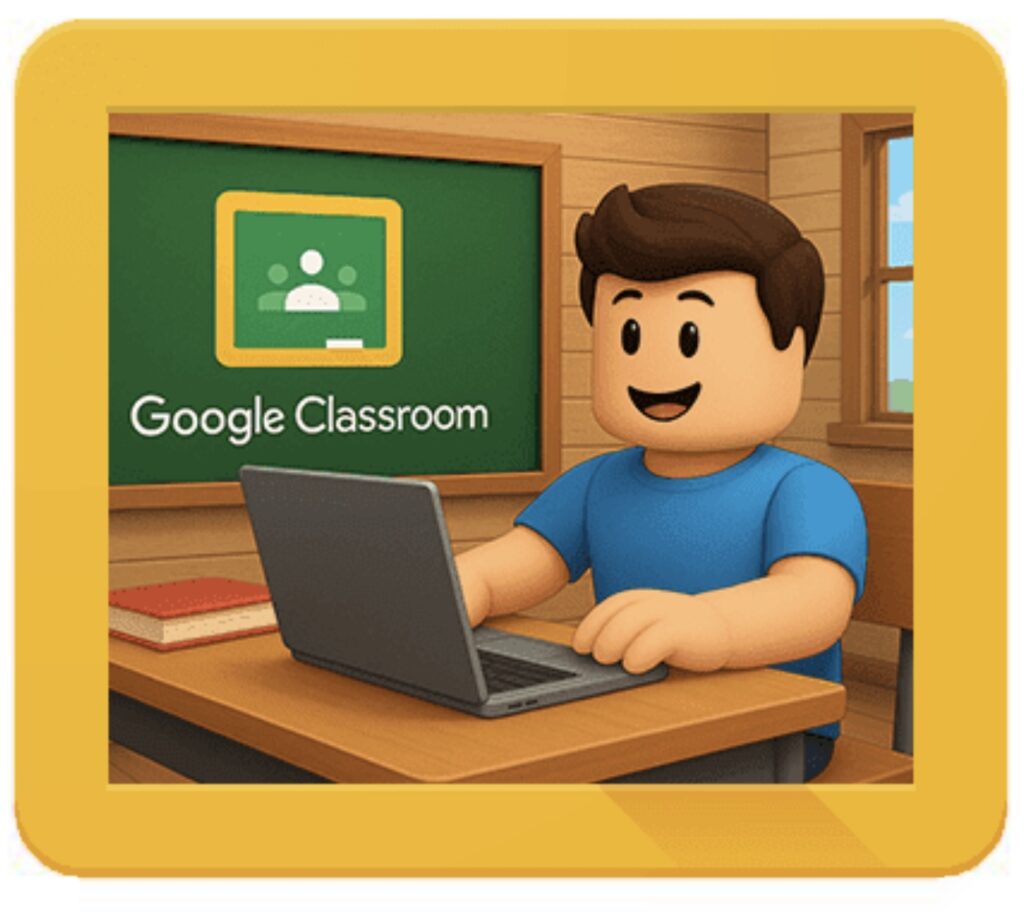Crew Haddock did amazing in maths today. They all worked independently. Look at our work.

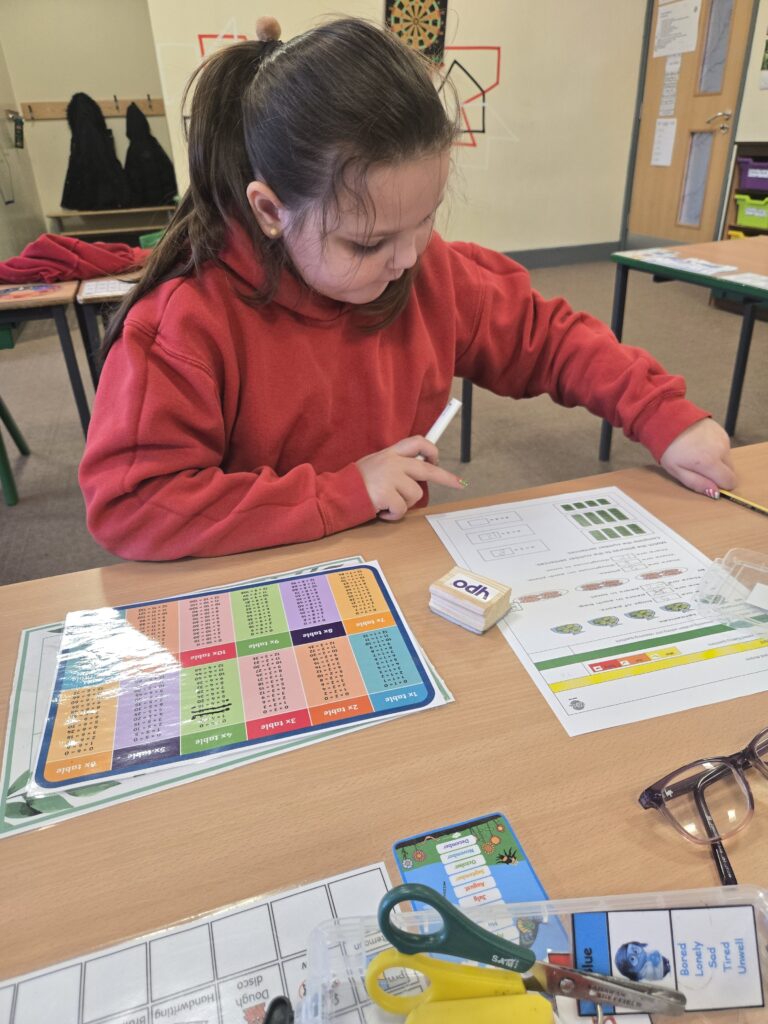
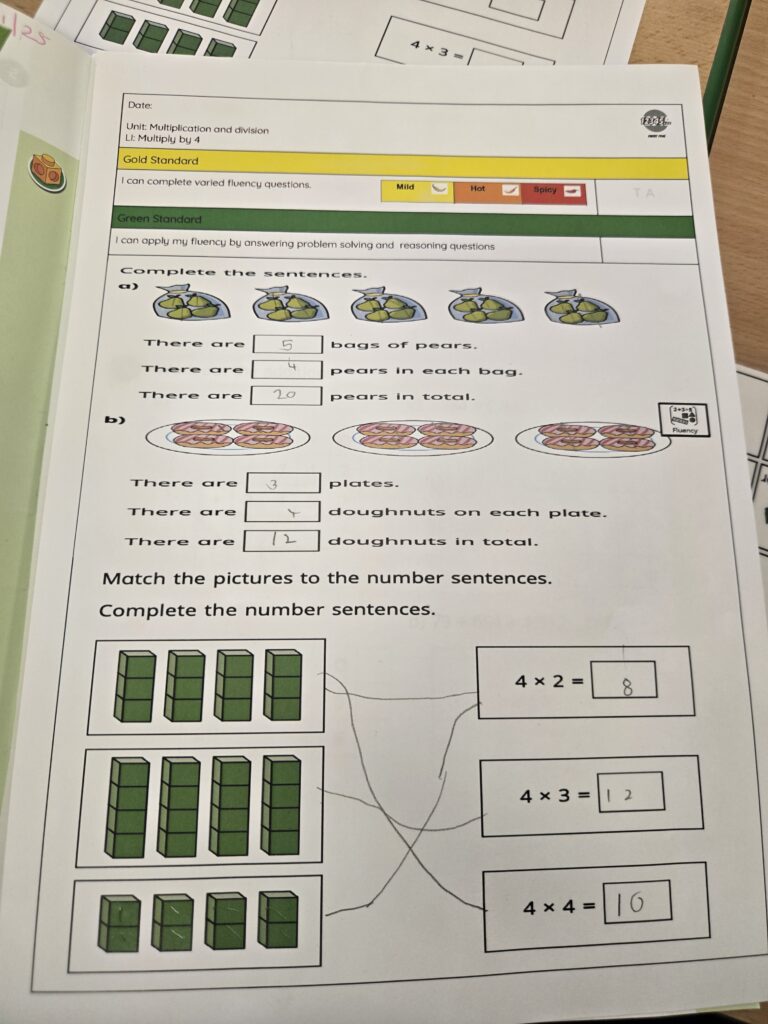

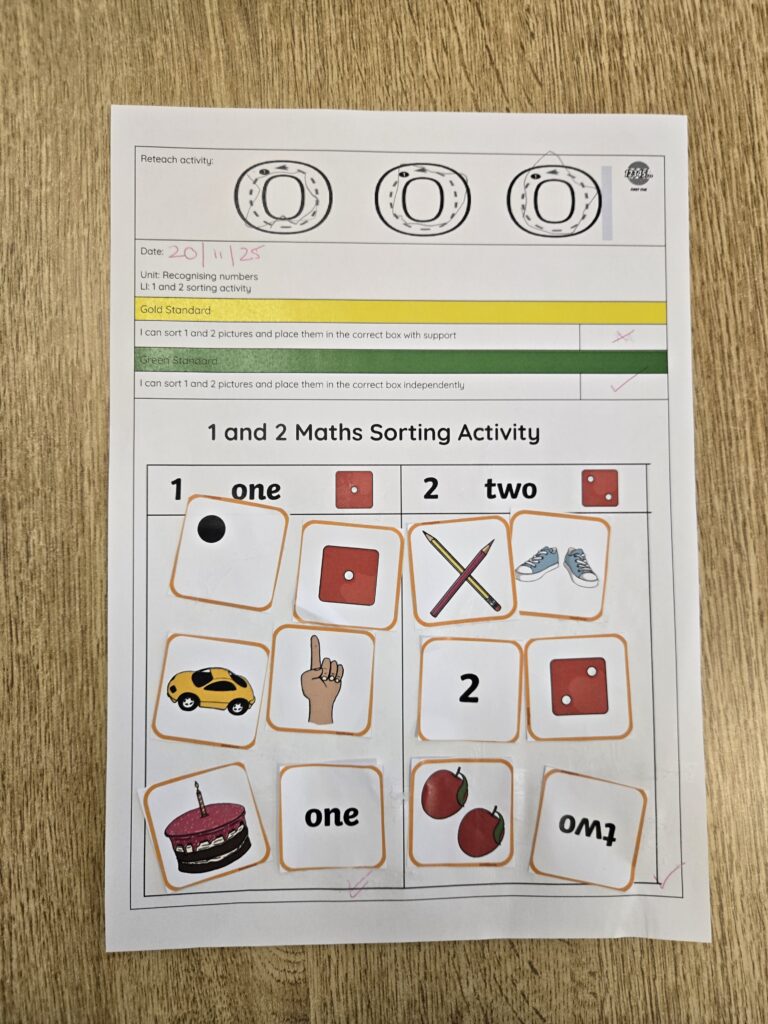
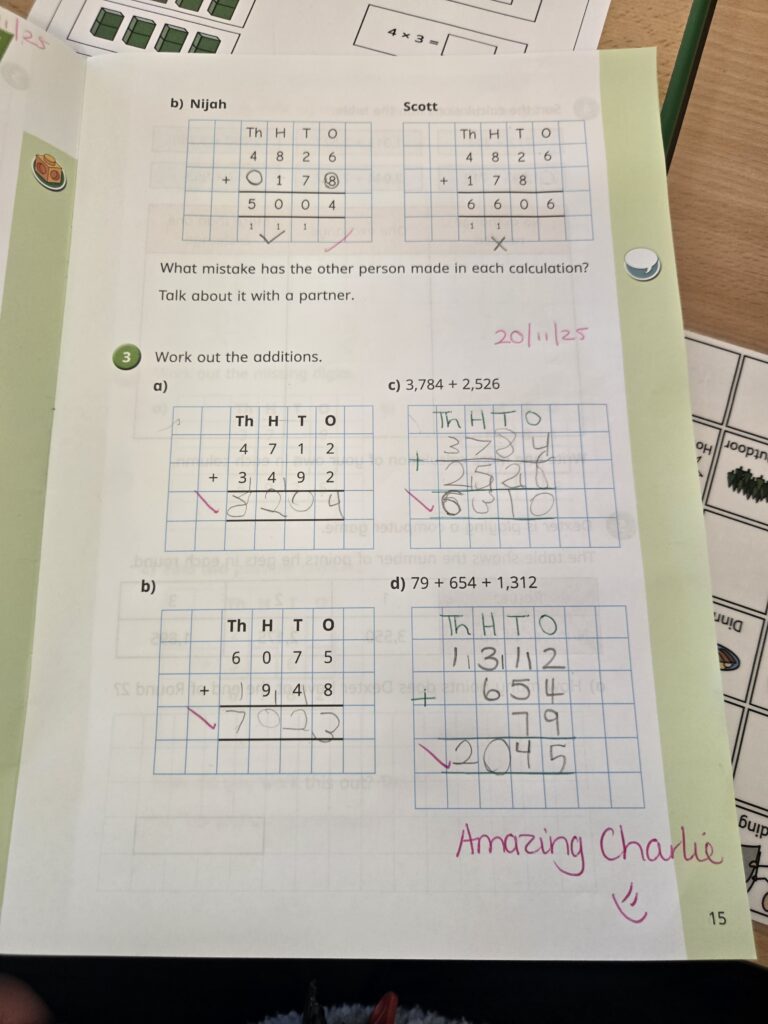
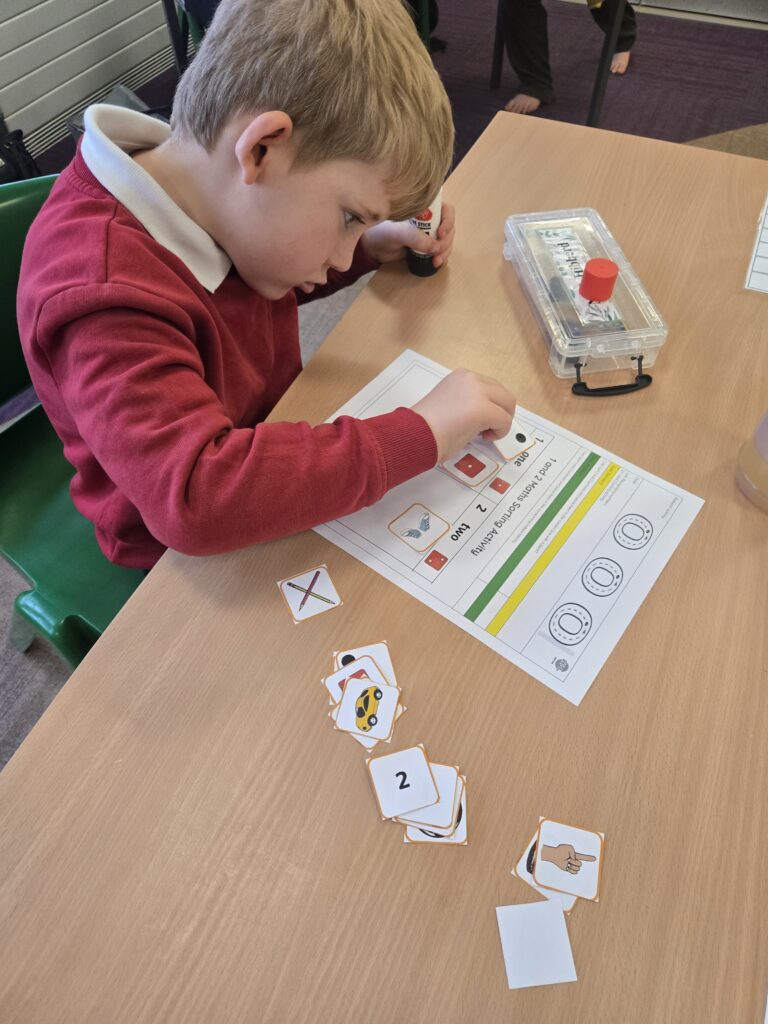
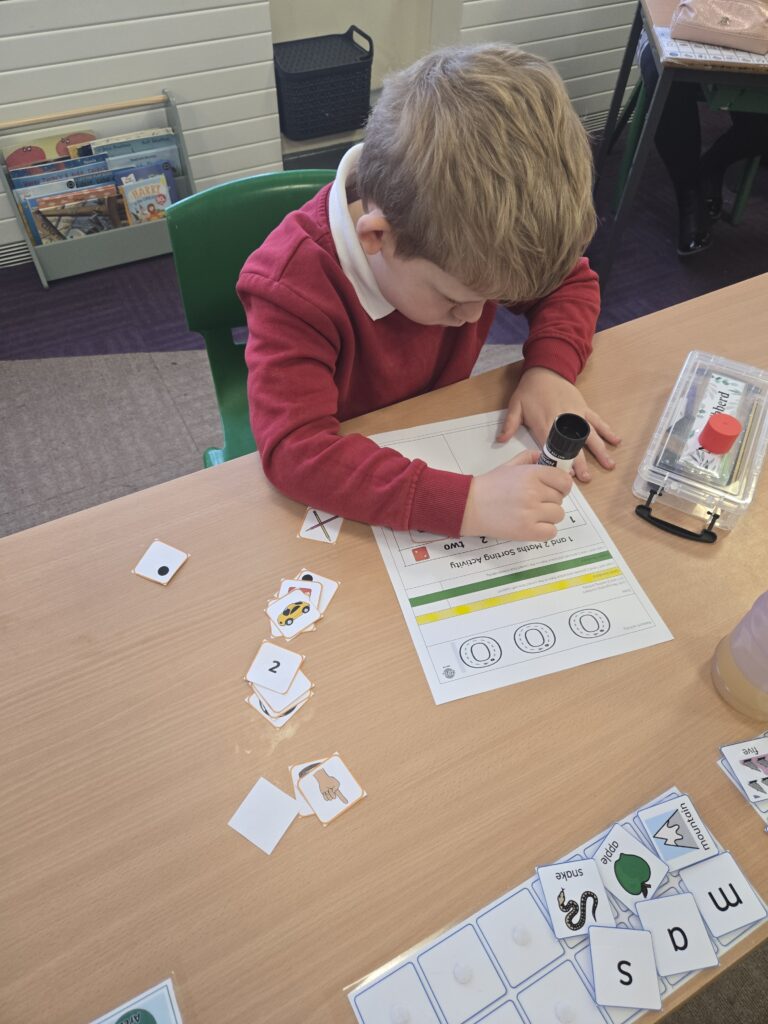
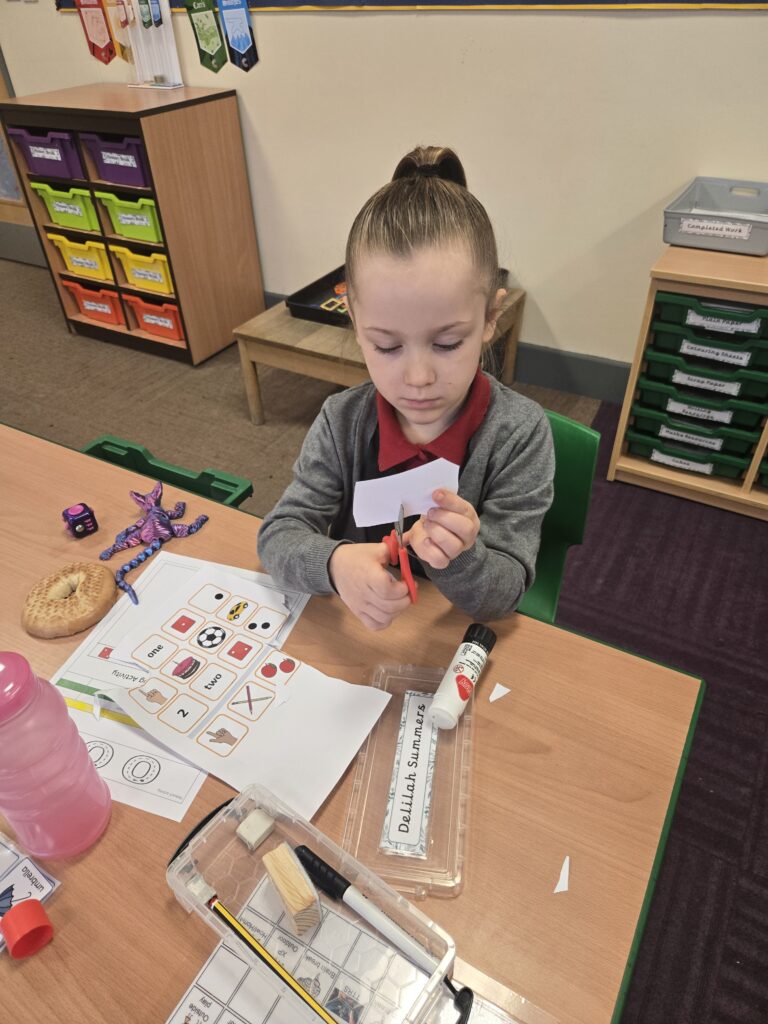
Crew Haddock did amazing in maths today. They all worked independently. Look at our work.









Crew Haddock loved their p.e session today. They did lots of team building and taking turns
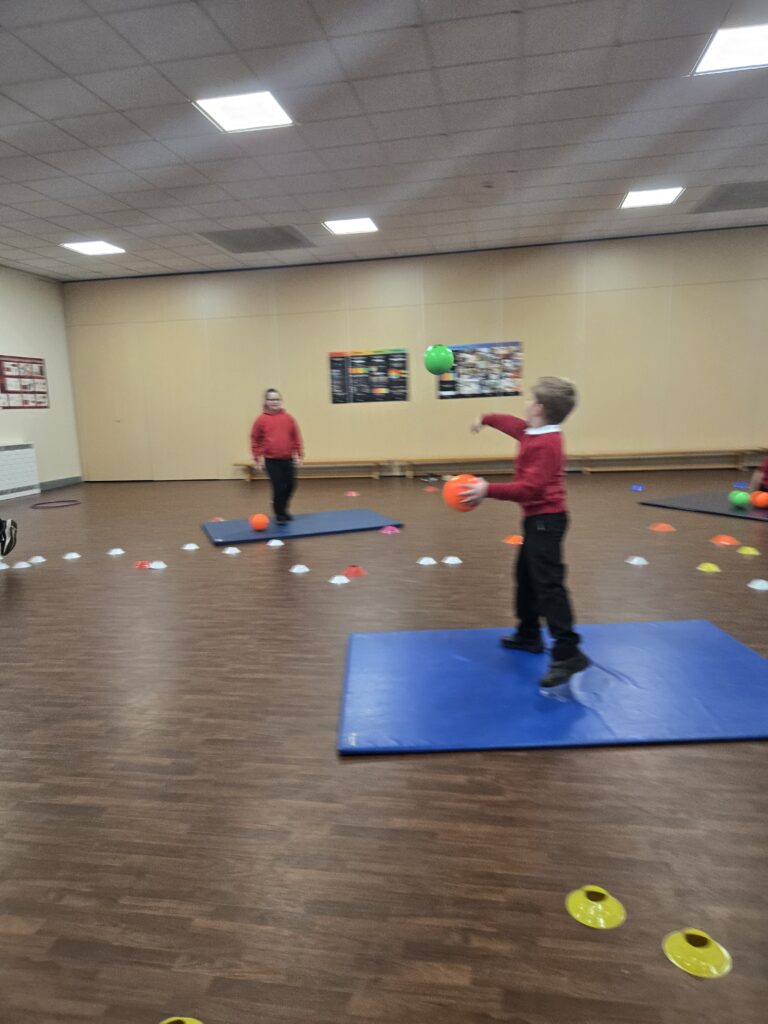
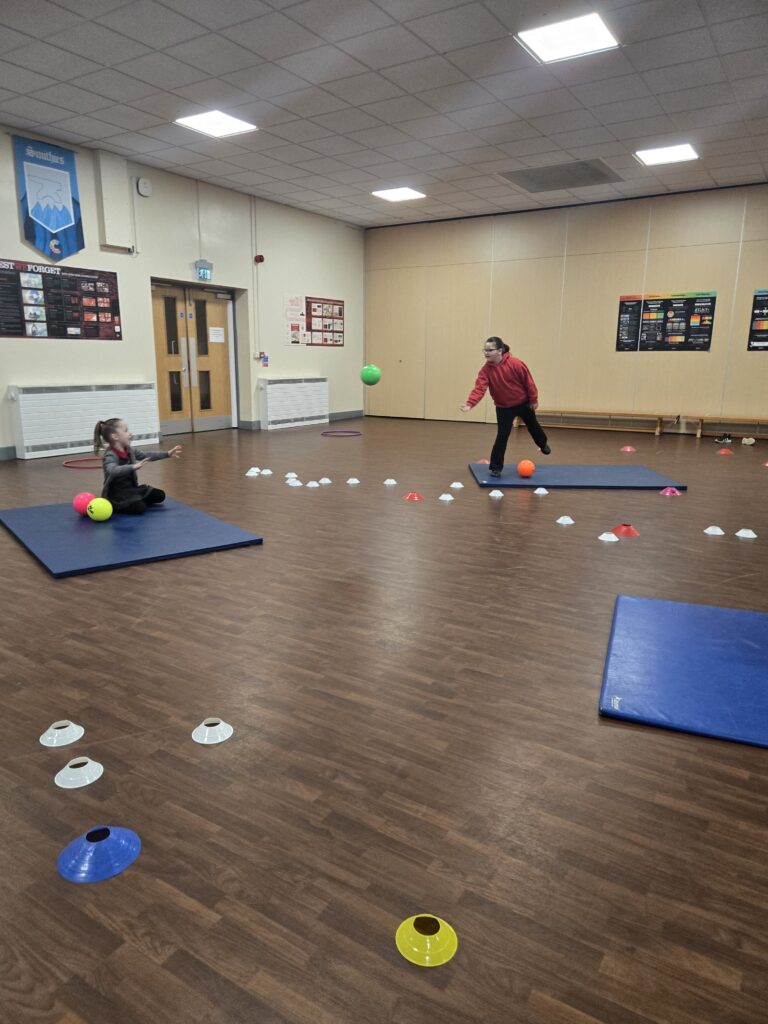
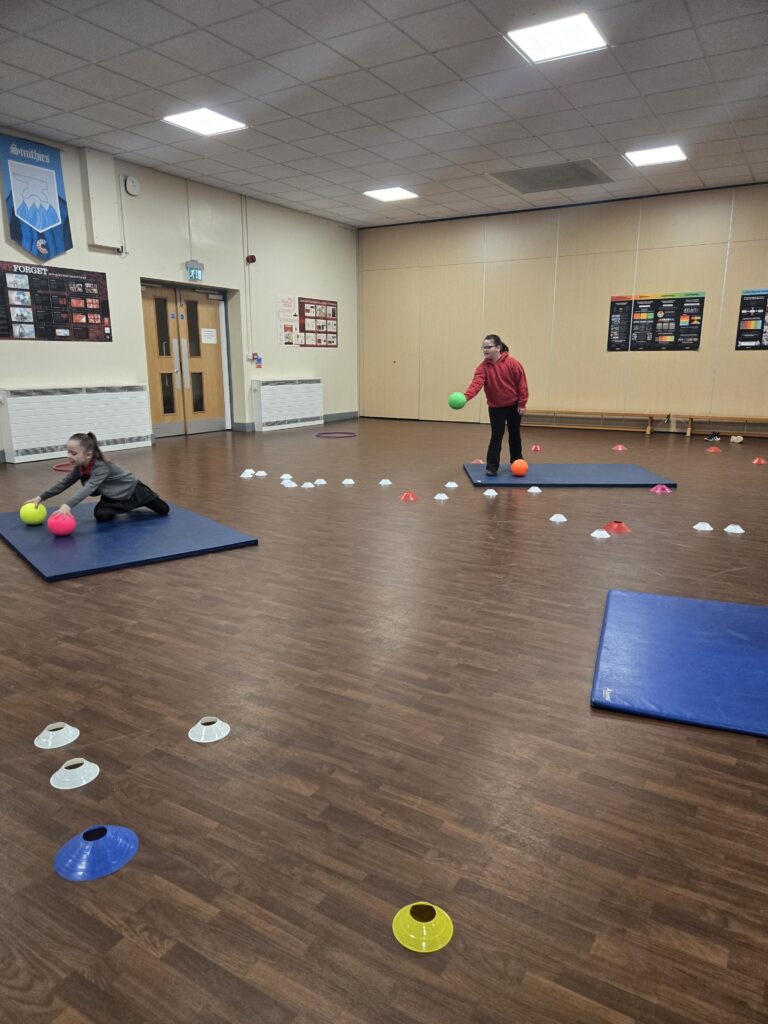
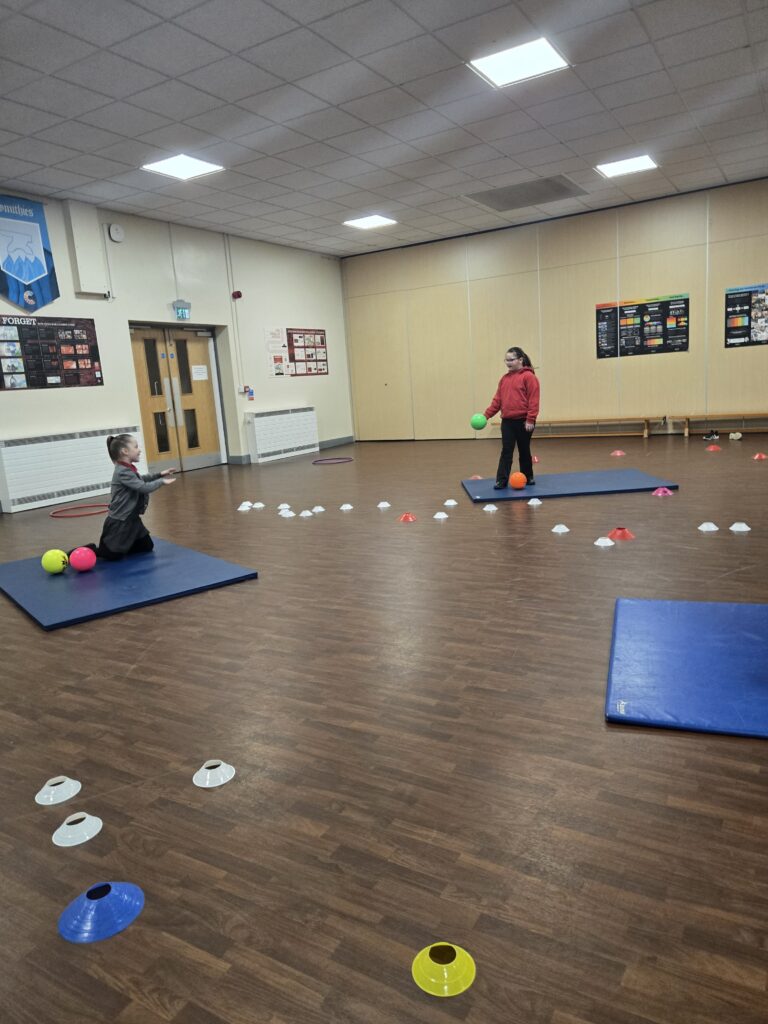

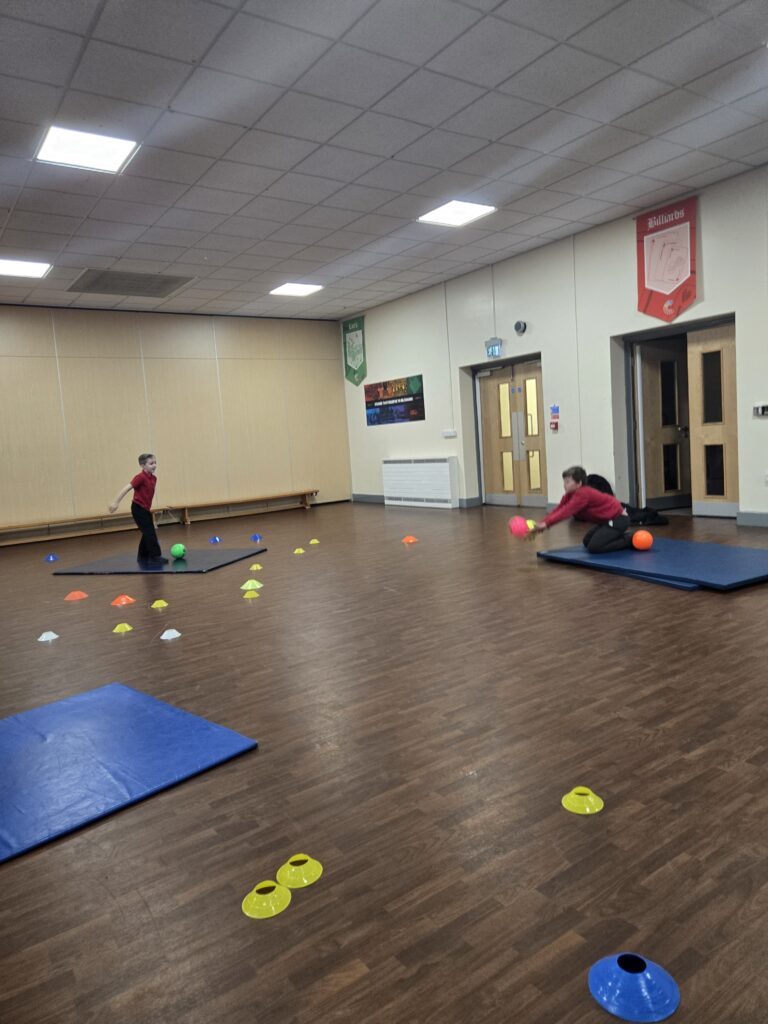

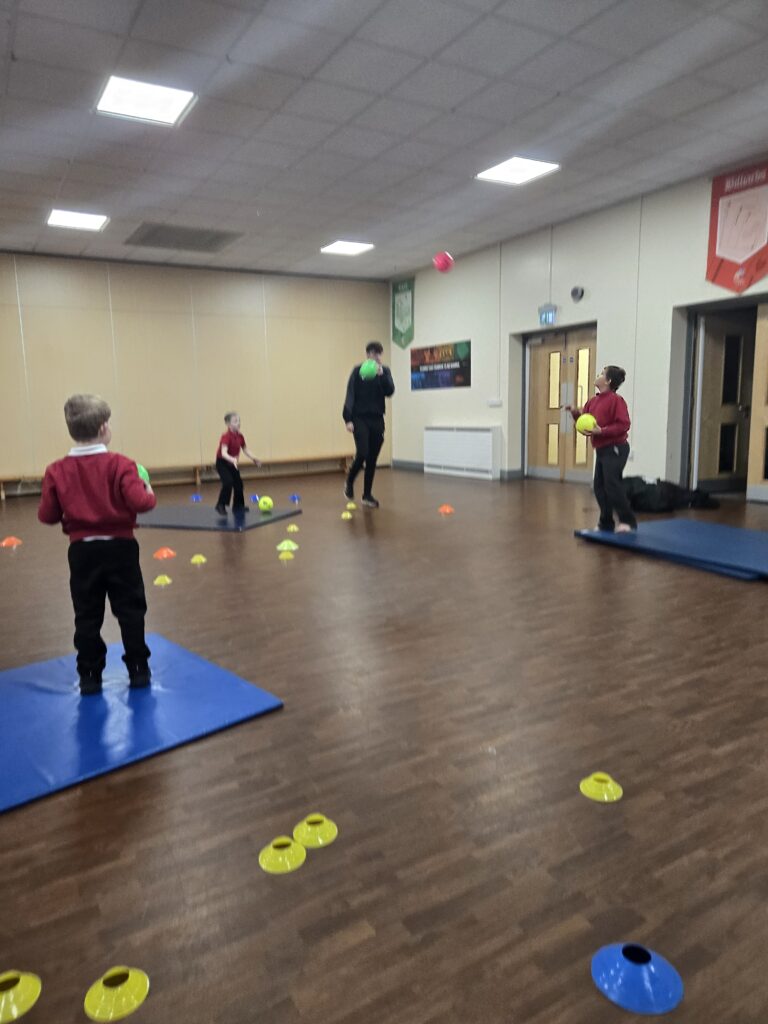

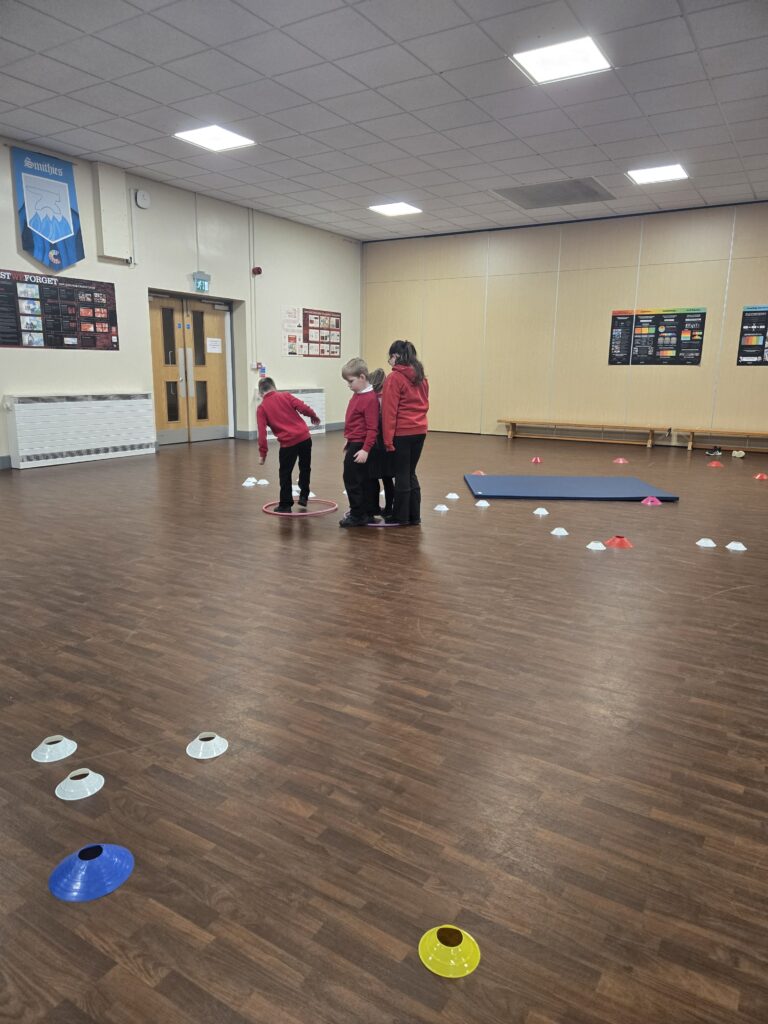
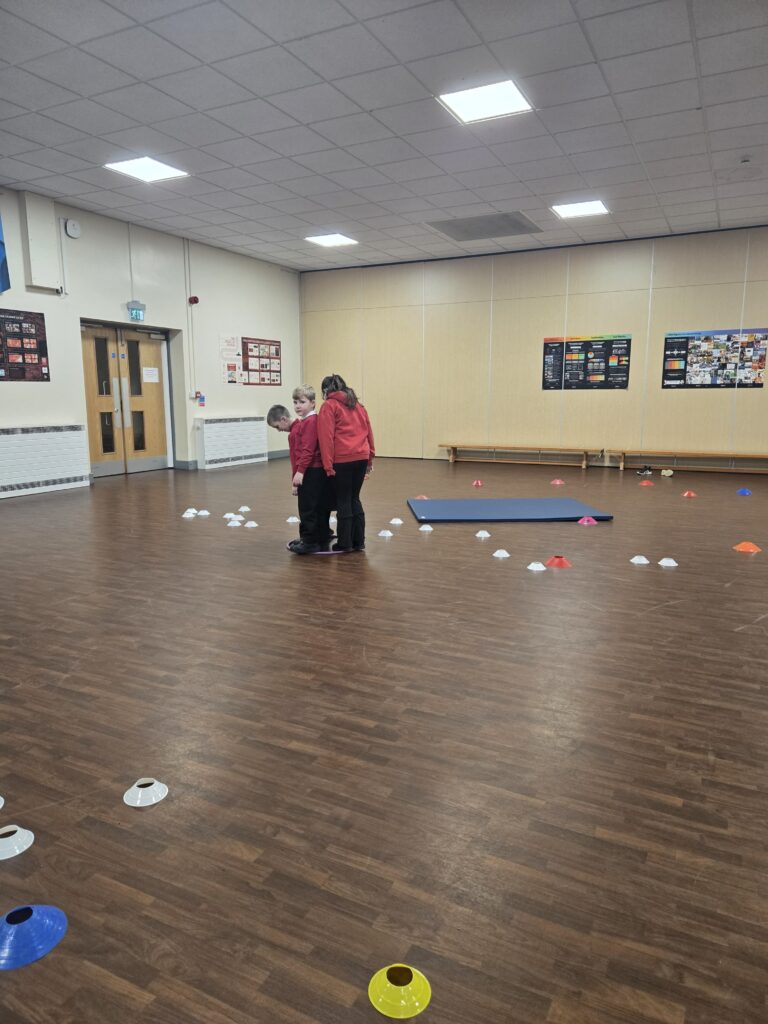

Crew White are enjoying our new class library. There are lots of books thanks to our new ‘book swap’ scheme. We bring books in that we know will interest other classmates and share them on the book shelf. We have a mixture of non-fiction, fiction and First News. Football magazines are very popular right now!
This supports our target of reading more at home. If you want to find out more about the class library, come to Year 6.
The more you read, the more you know, the more you know, the more places you’ll go.

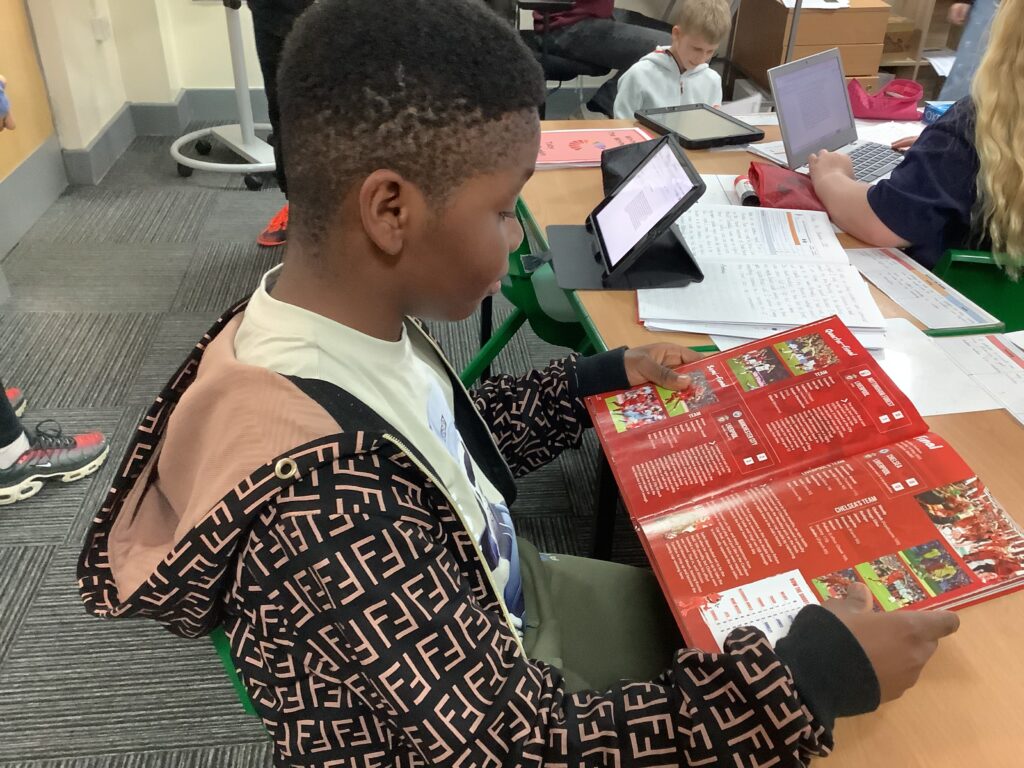

Crew McLoughlin have had fun in PE today, as they dived into a variety of inclusive and engaging activities. They have enjoyed the strategy and teamwork of New-age Curling, building communication and spatial awareness in Goalball and developing precision and control through Boccia.

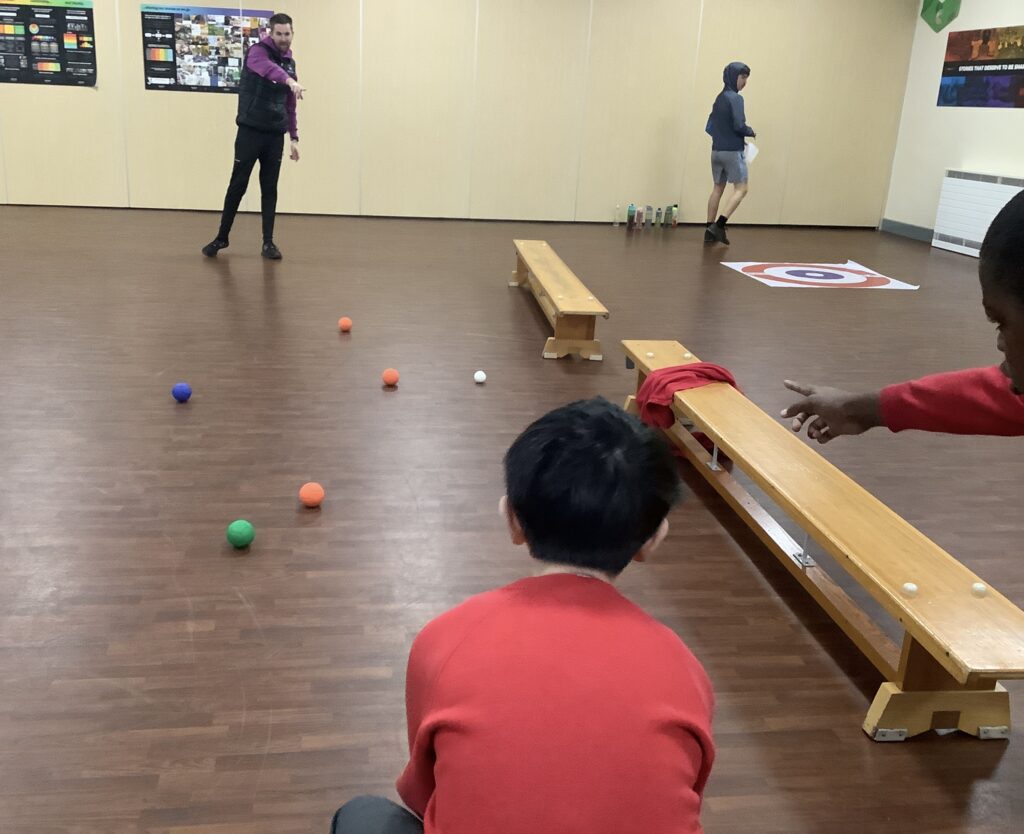

In Crew Ramsay, we have been fulfilling our pledges in writing by accessing our ‘Support Station’ for the scaffolding we need. We all know what our areas for development are and what resources can support us whilst we become great. We even go and collect them before we start writing. Here we are, supporting ourselves to become our best! Check us out popping to the Support Station to collect our bits!
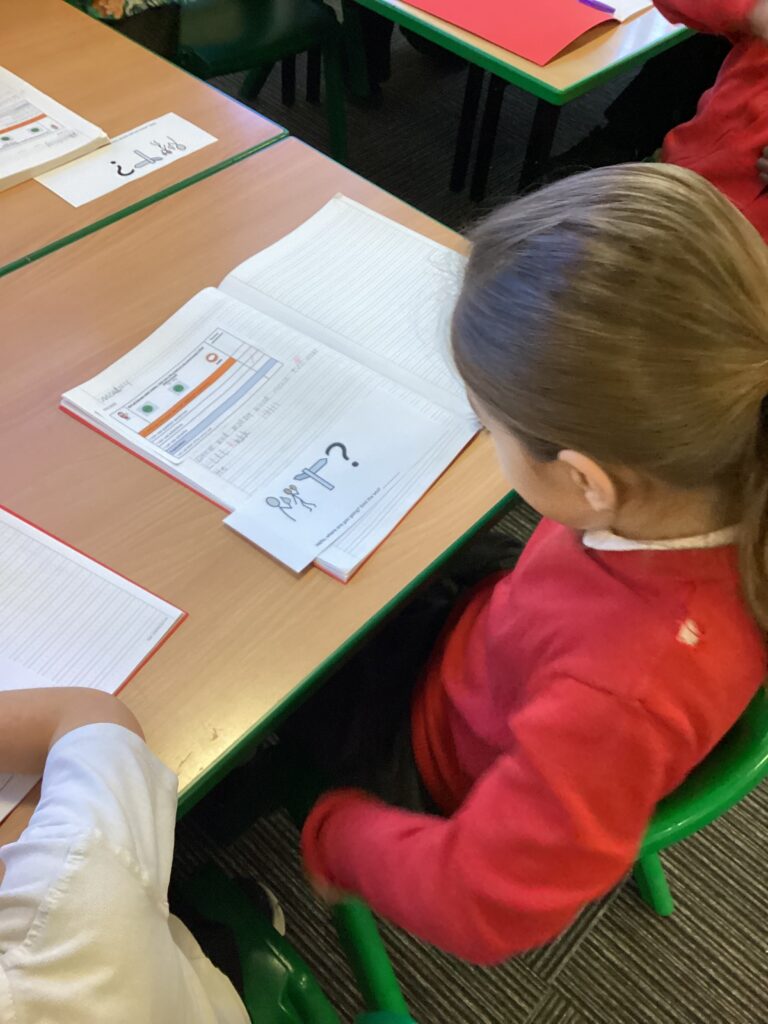
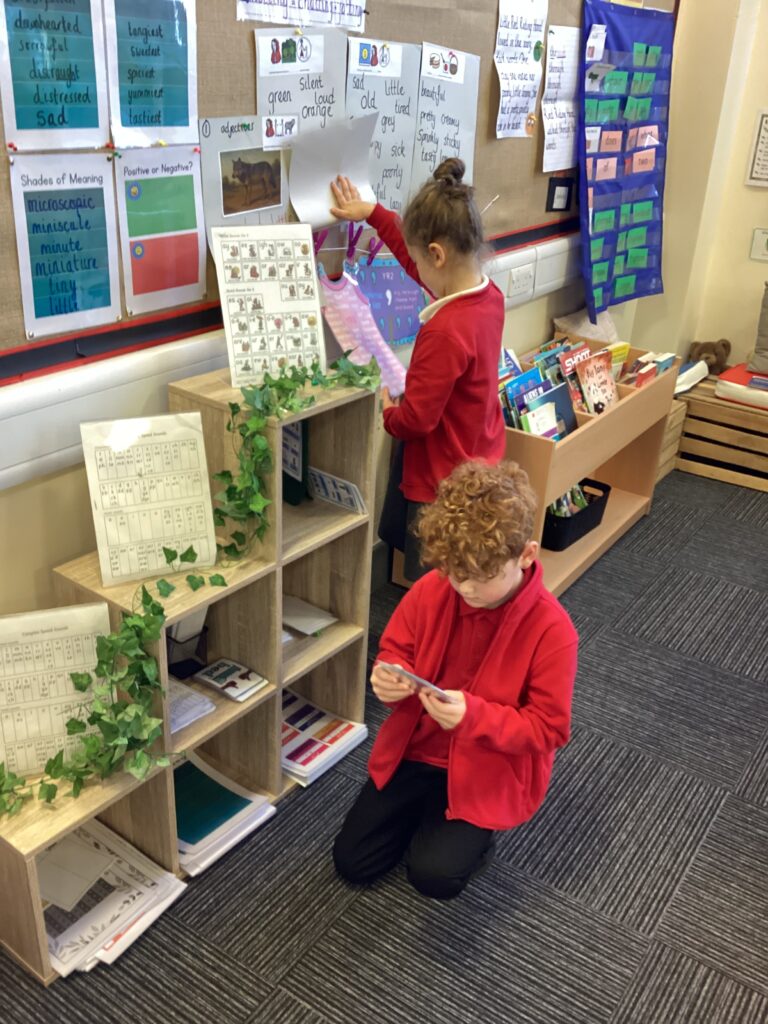
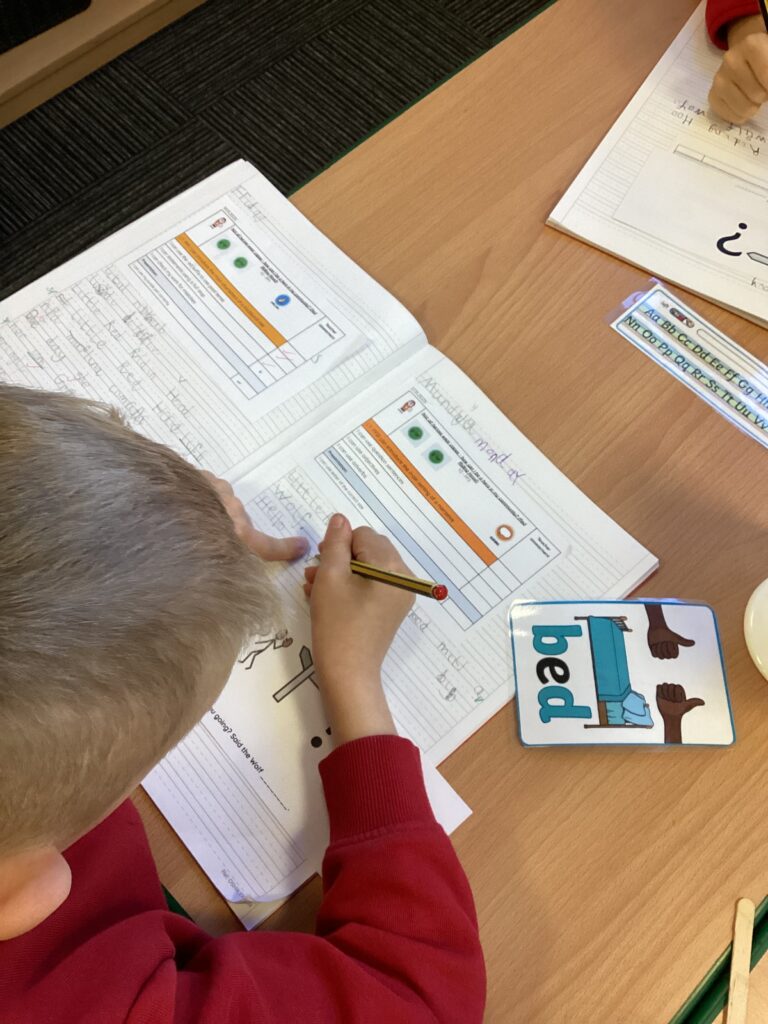
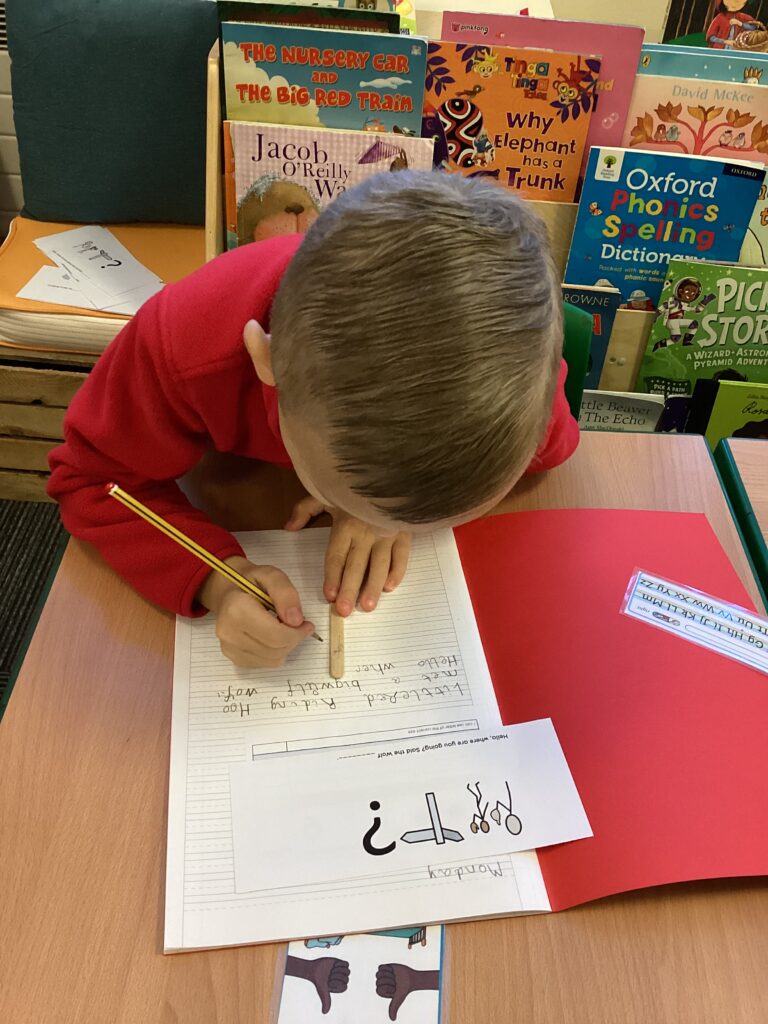
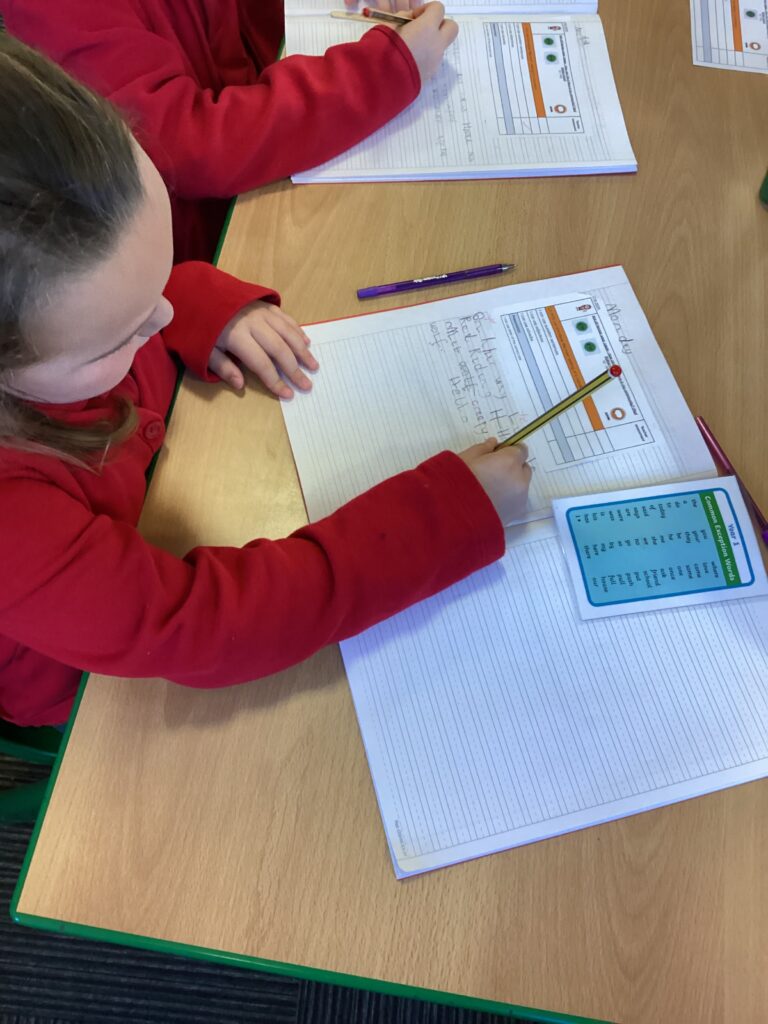
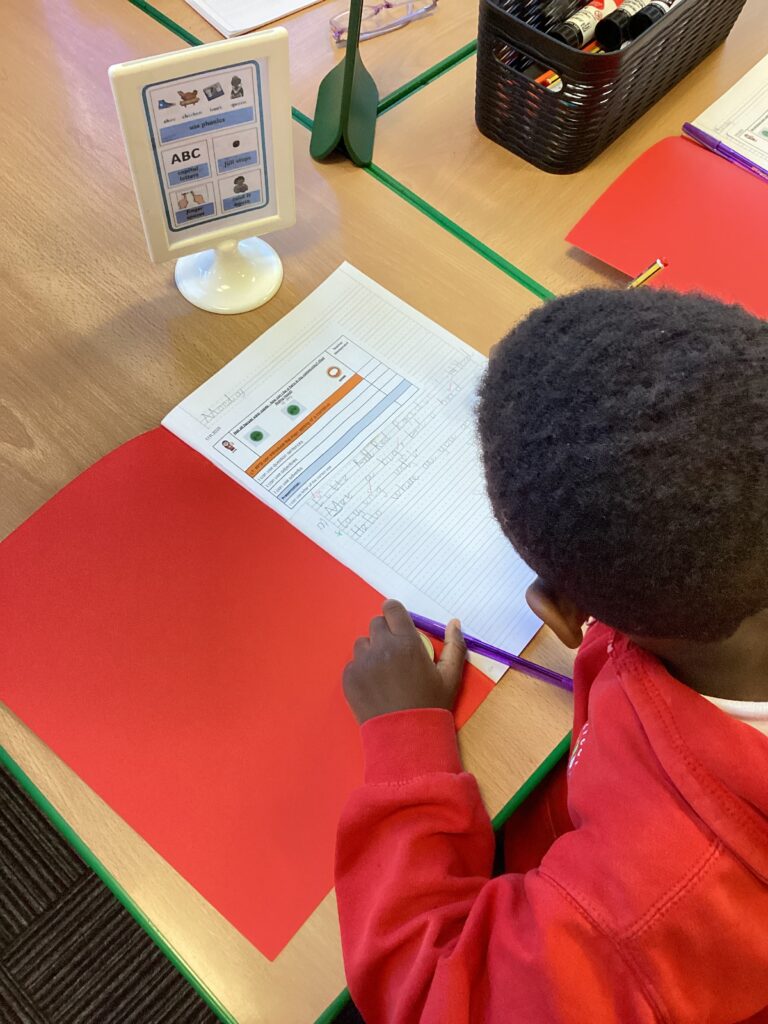
Today in Crew White, we loved our writing lesson. Firstly, we did some editing and improving with our new editing sheets. When we had finished improving our monologue about the Northern Tiger Cat, we typed up our work onto Google Docs. We have been working on the skills of figurative language, powerful adjectives, the power of three, repetition and rhetorical questions.
The HOWL that we needed to use for this was…Work Hard: I will have a positive attitude towards my learning.
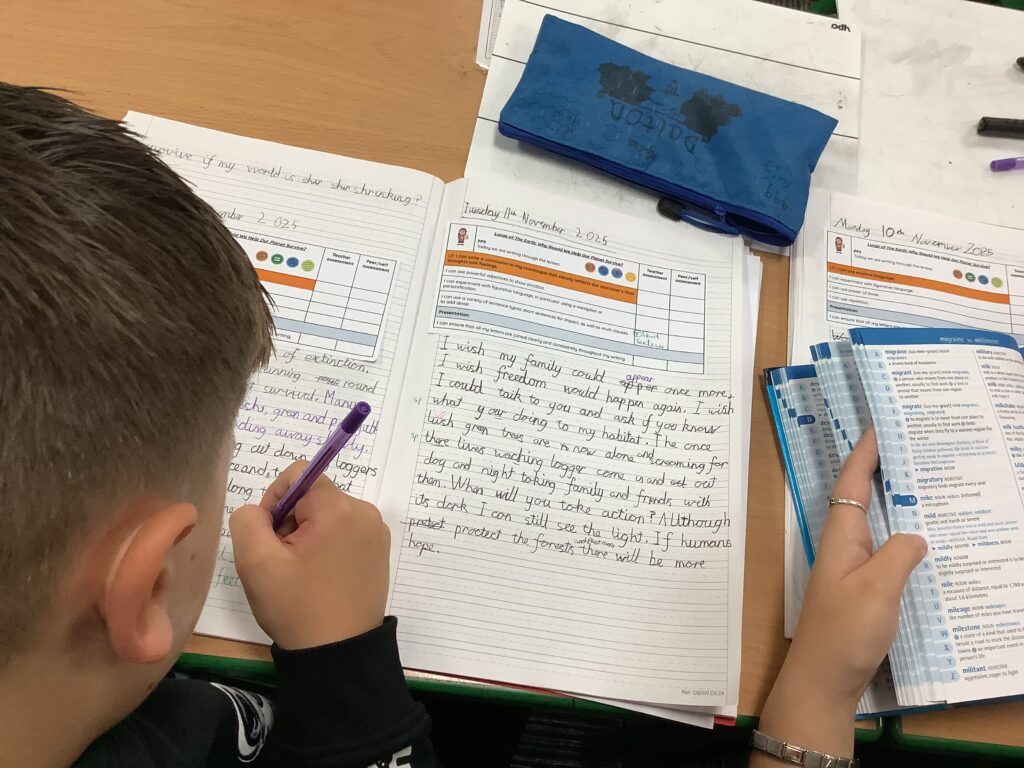
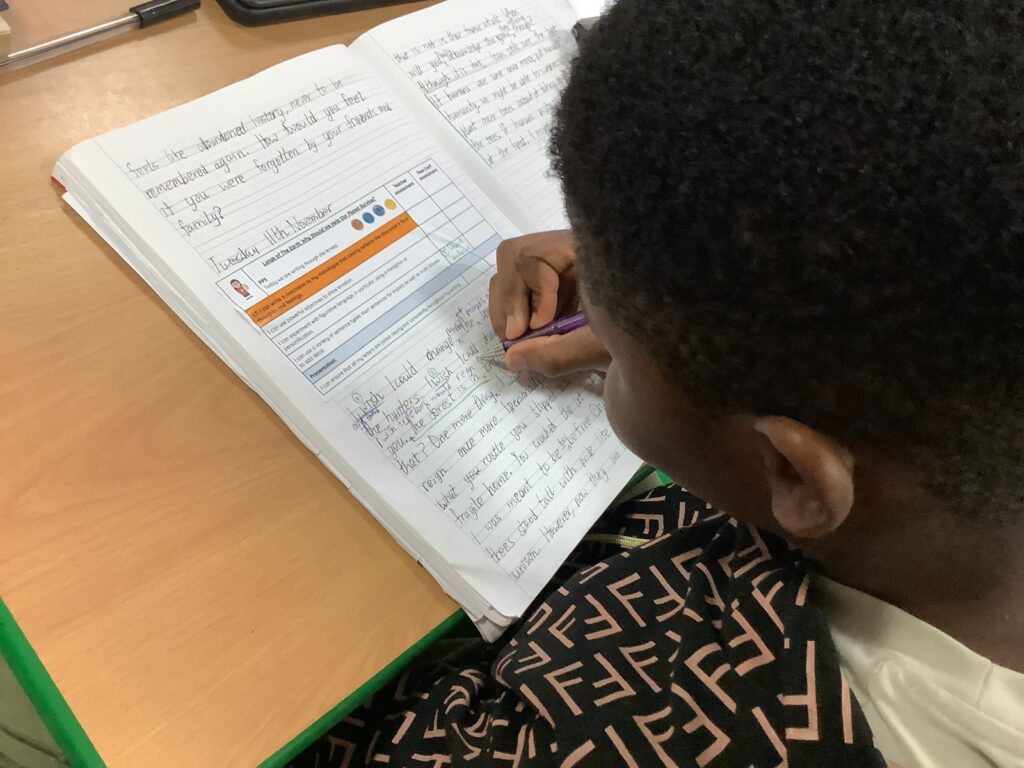
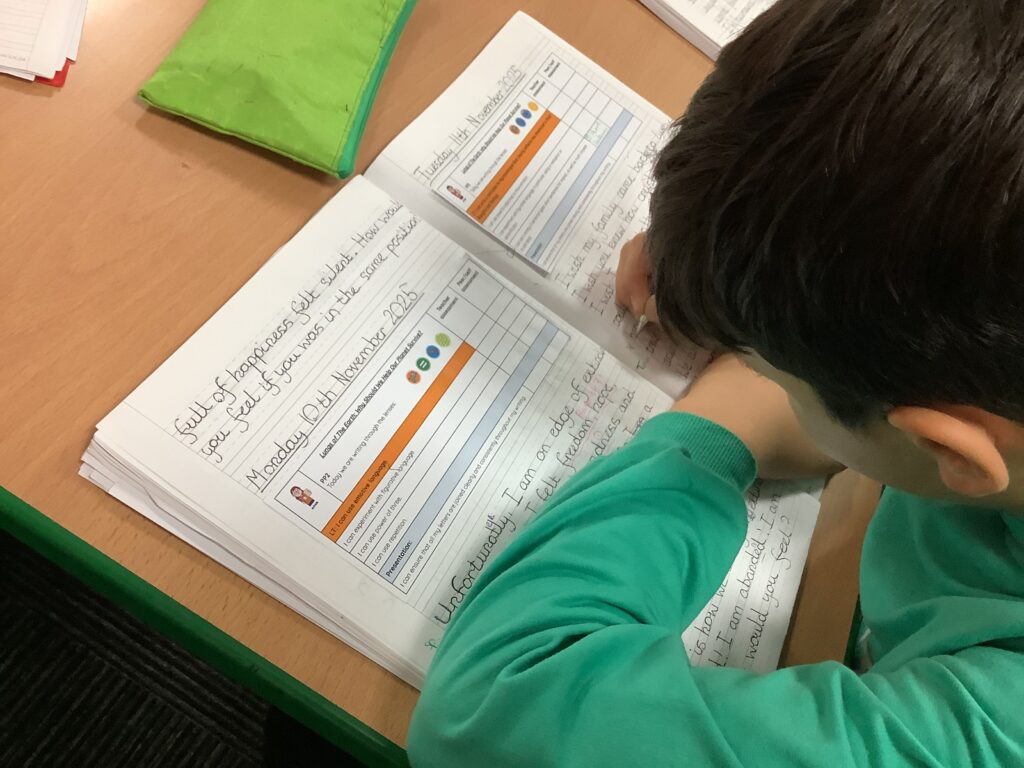
Crew Ramsay have been working in groups with our new student teacher, Miss Bagworth to create poppy art for Remembrance Day. We had 2 minutes of silence to honour the fallen and we celebrated by making paper tissue poppies. Here we are getting crafty and talking about our ‘Be Kind’ HOWL for this significant event.
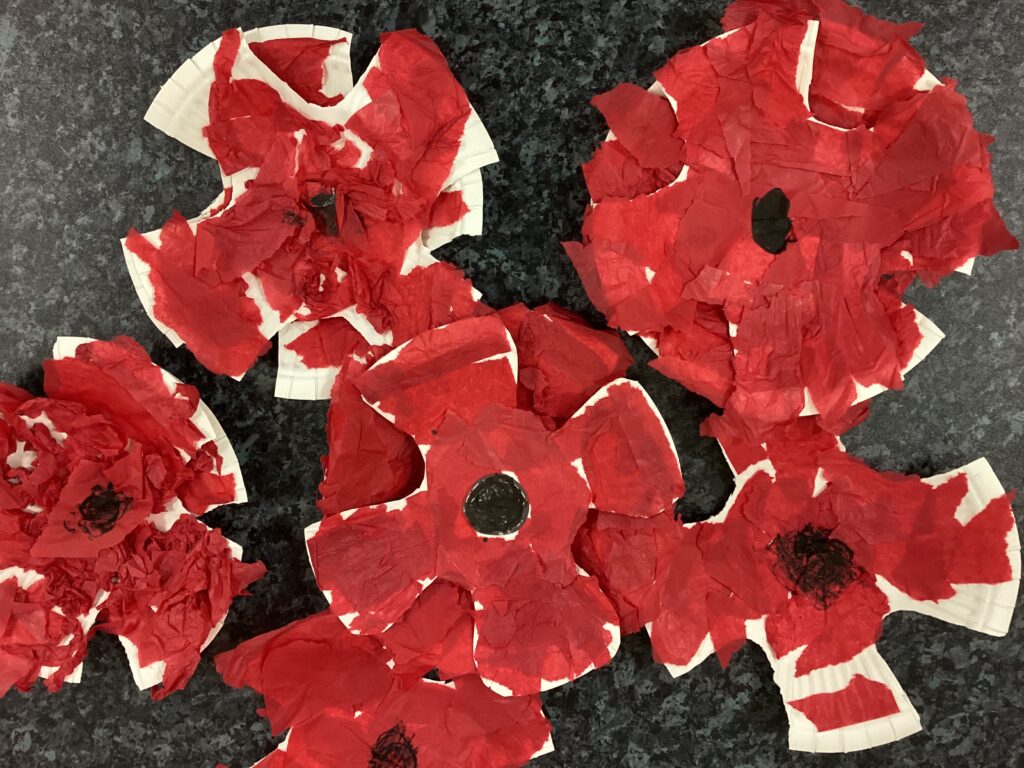
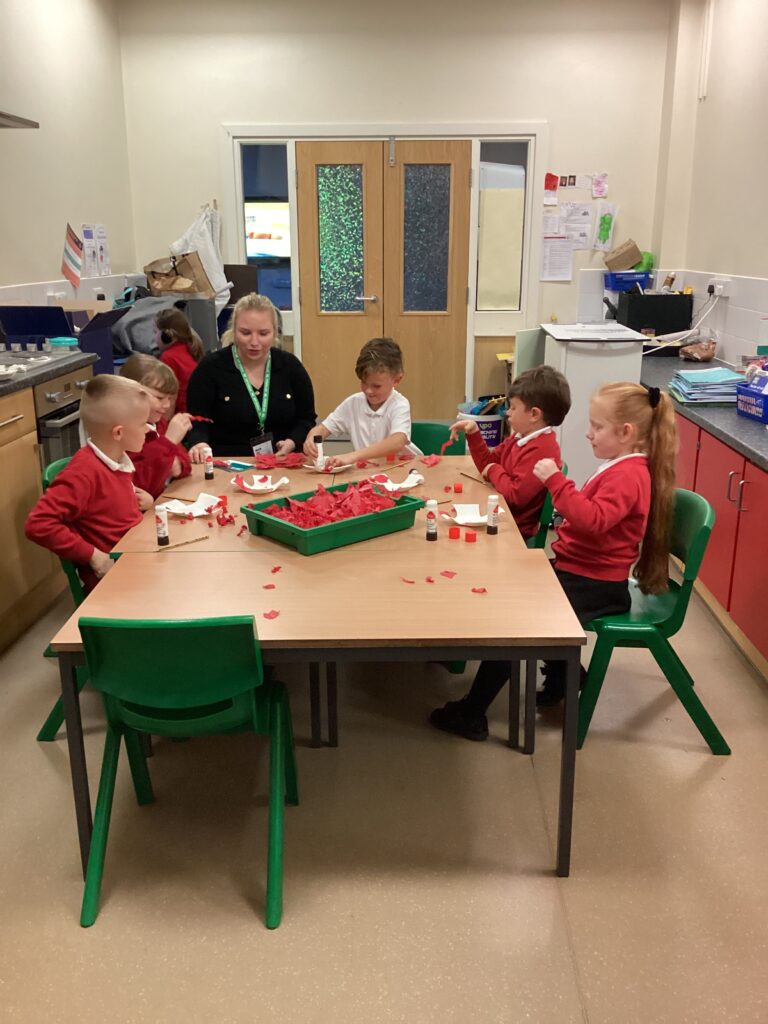
Crew Ramsay headed down to crew Barber to narrate our very own character-driven narratives to a real audience! We took so much pride in our work and loved performing as storytellers. Here we are in action…
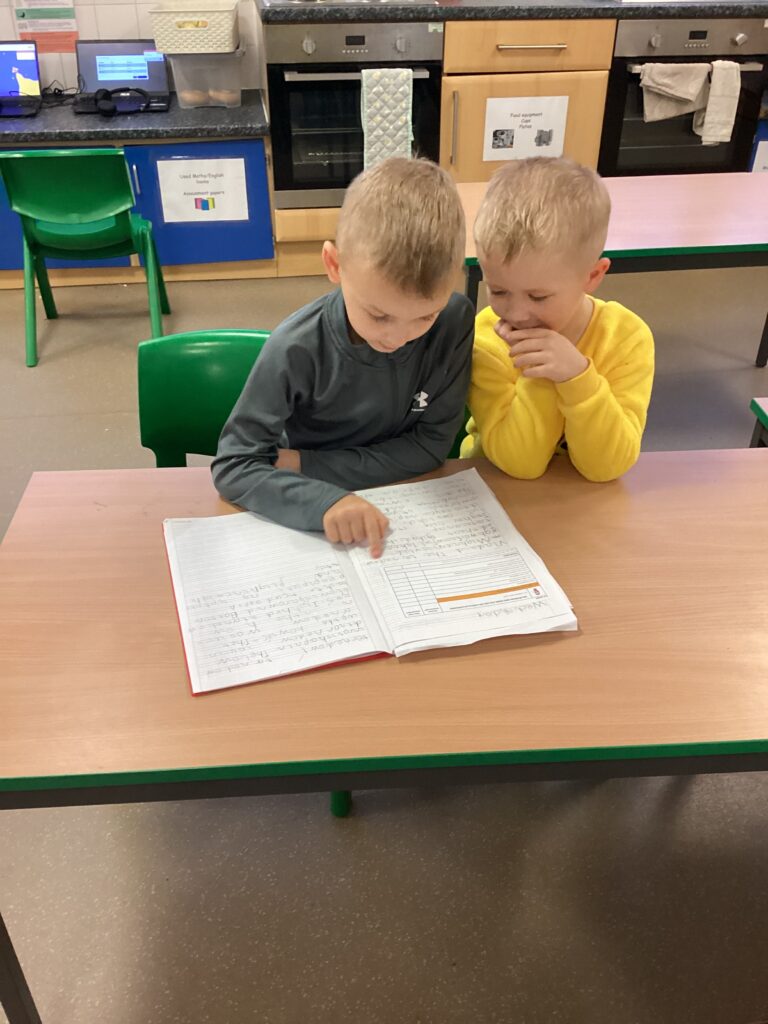
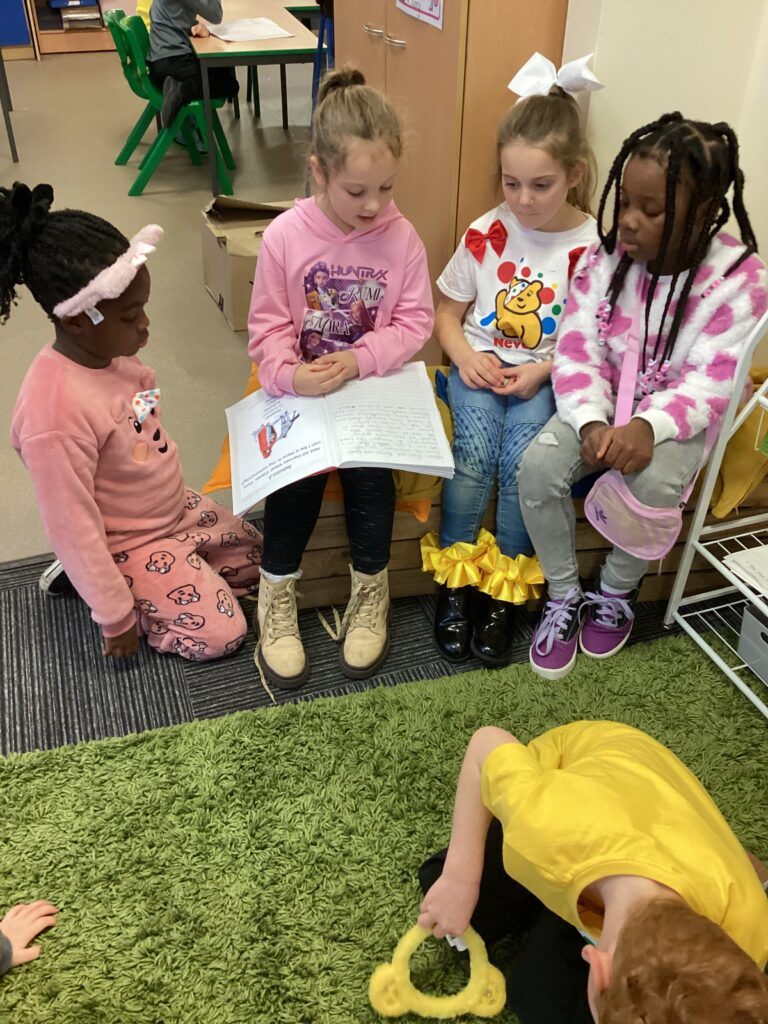
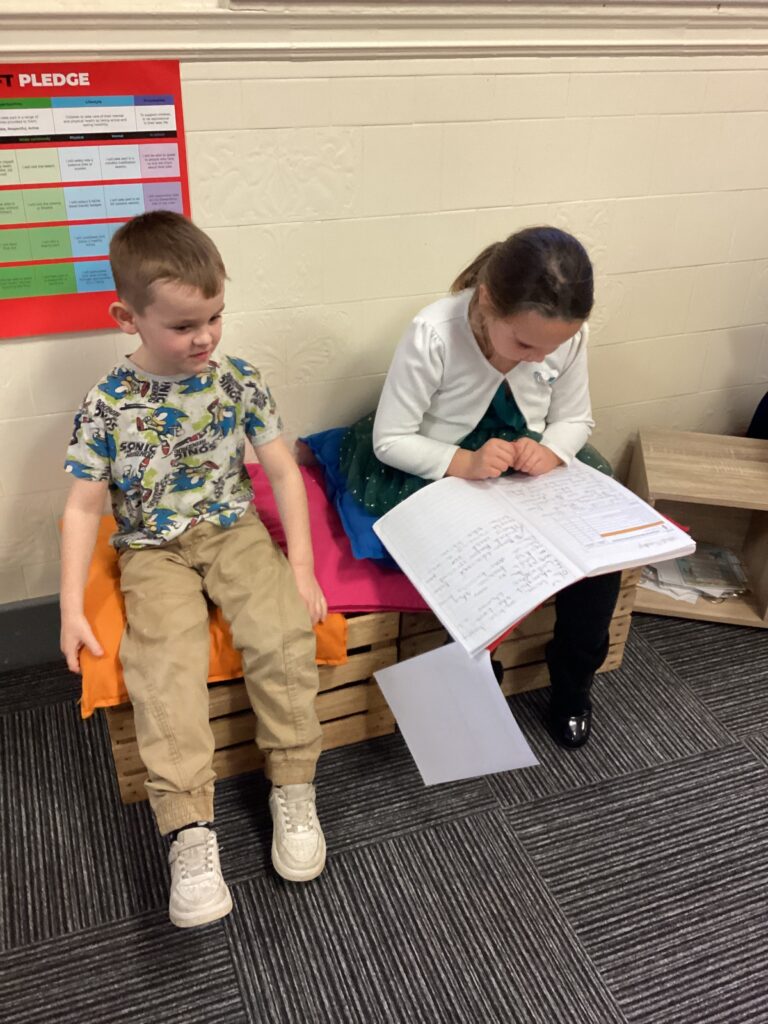
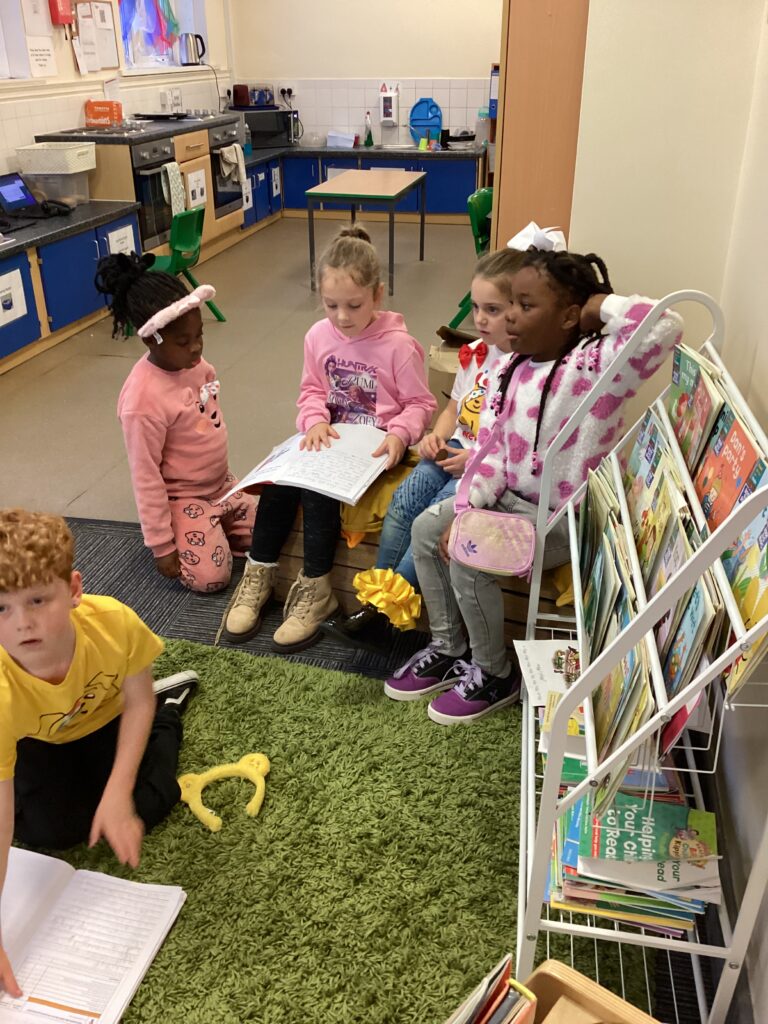
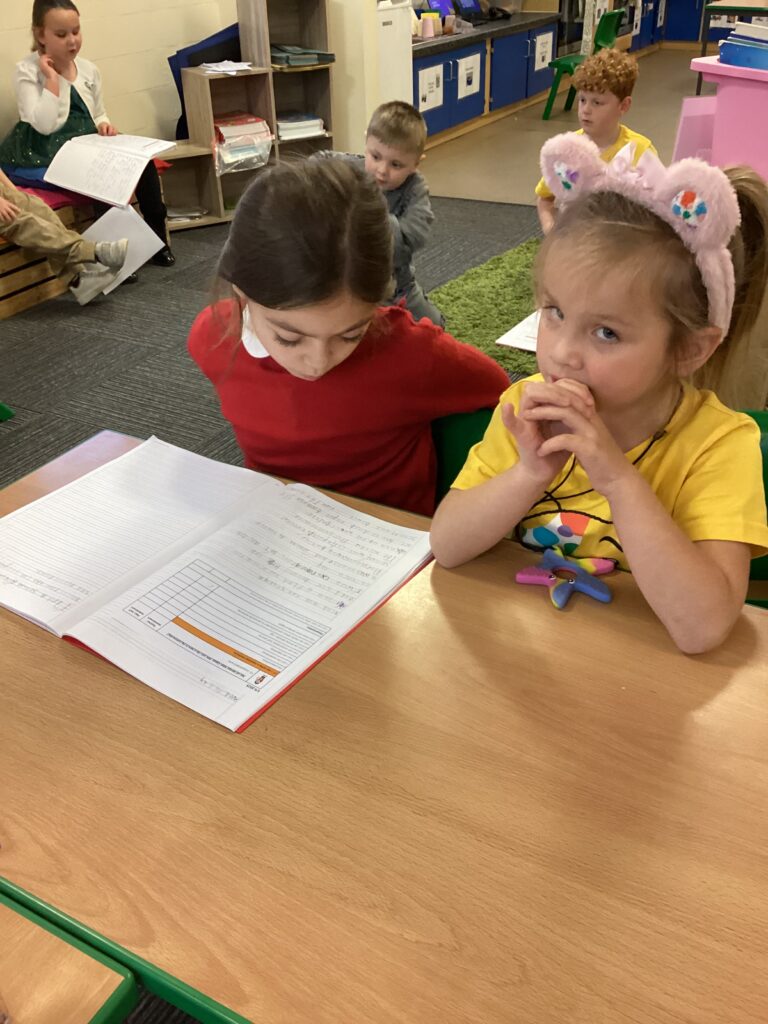
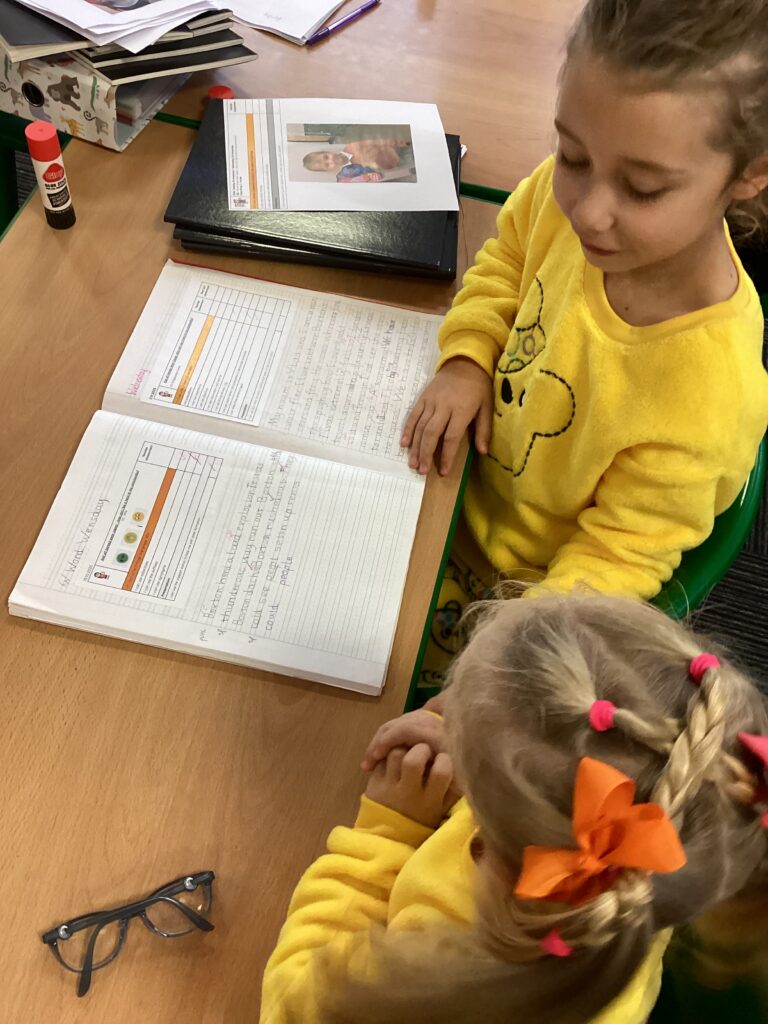
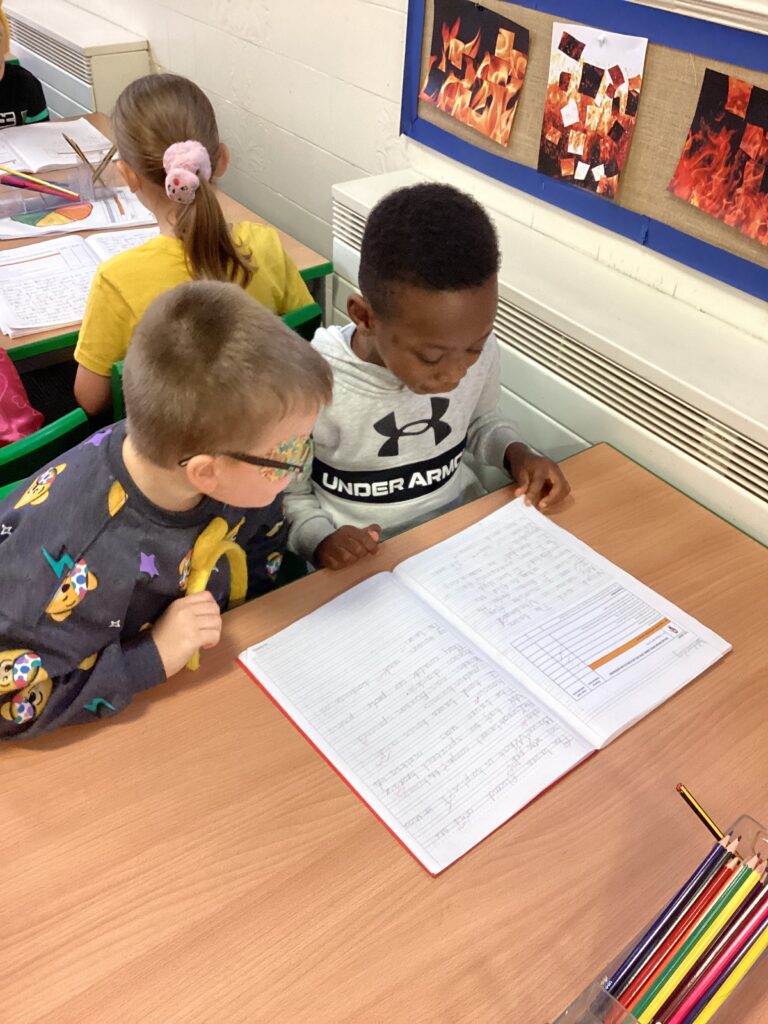
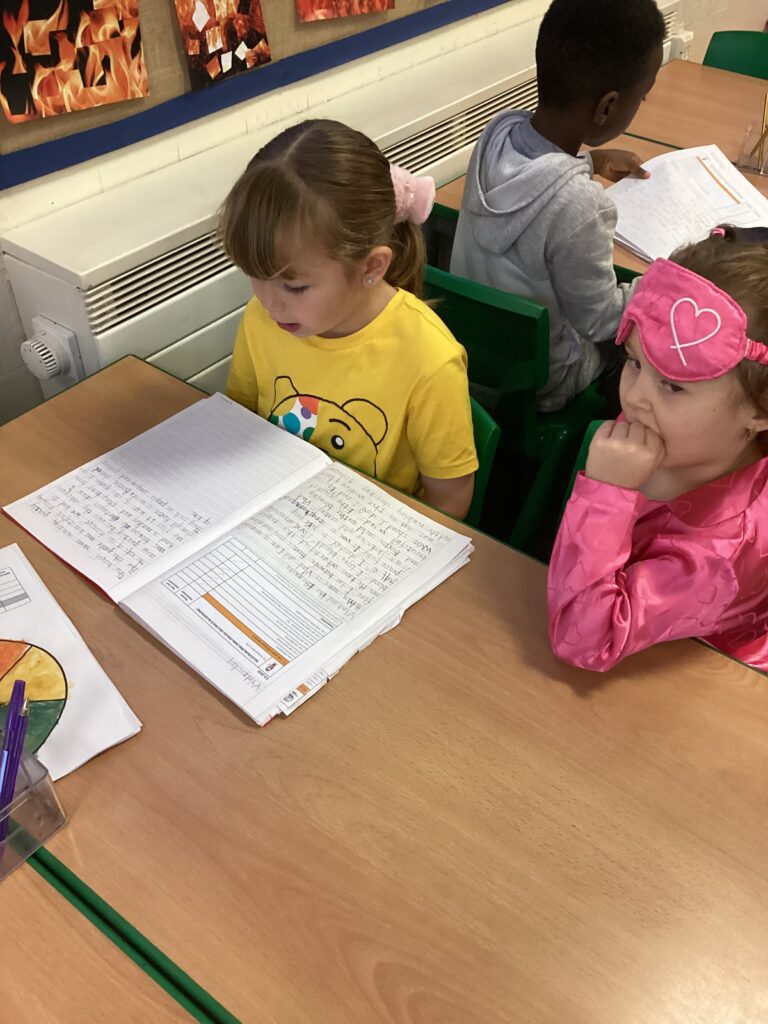
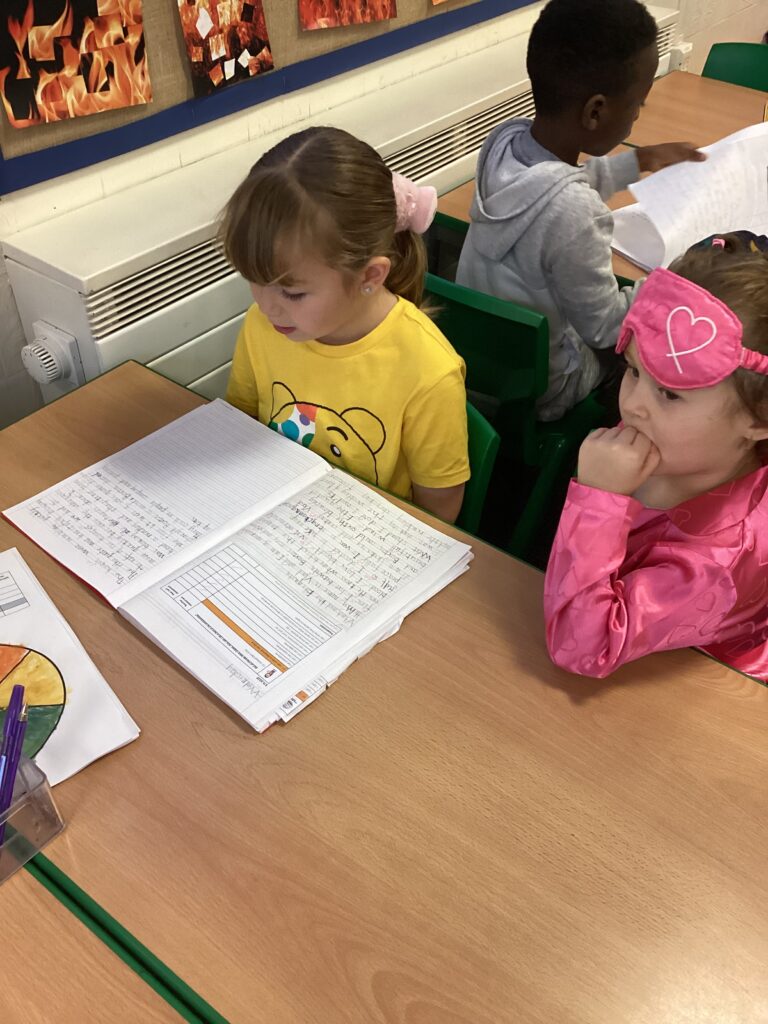
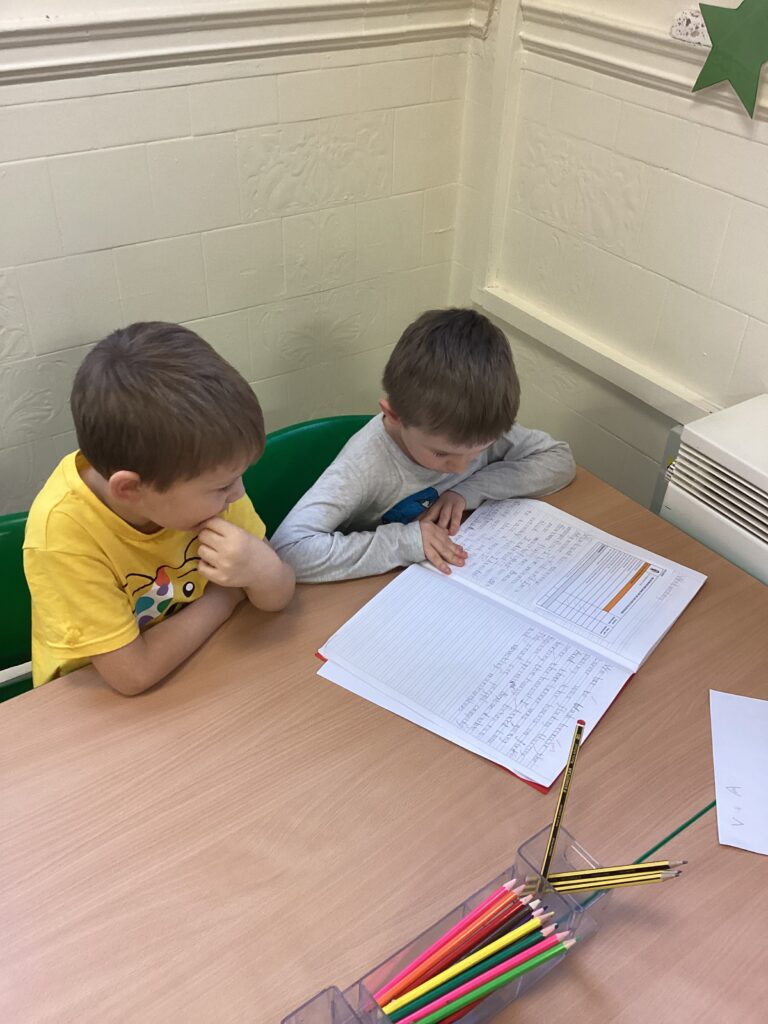
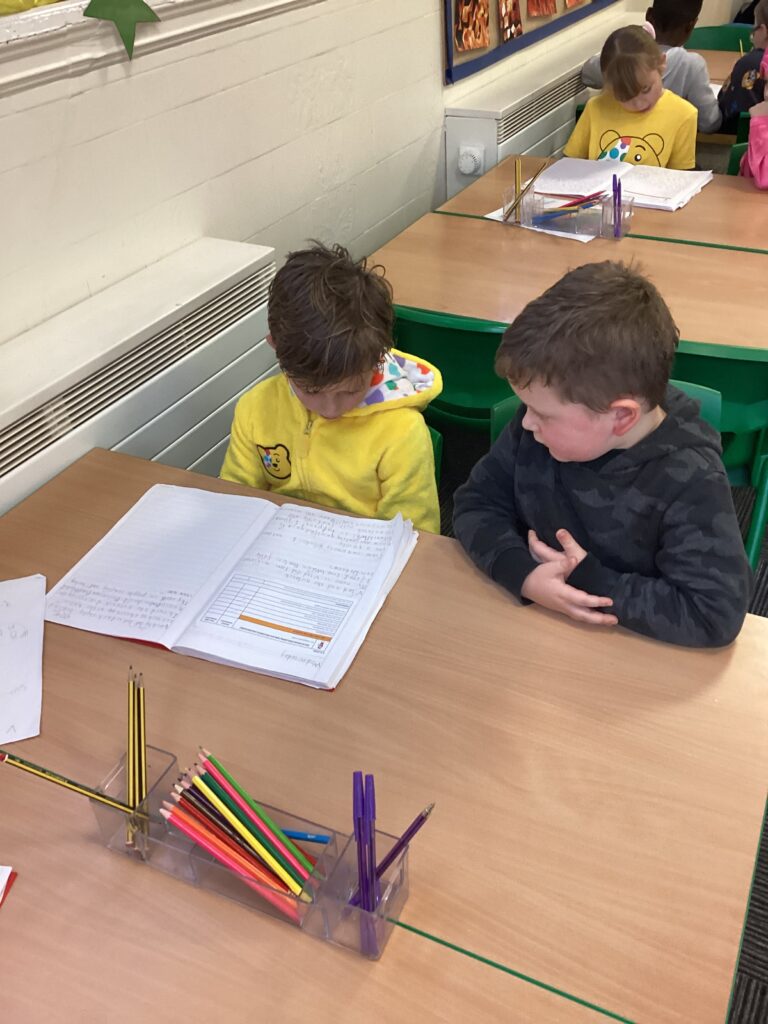
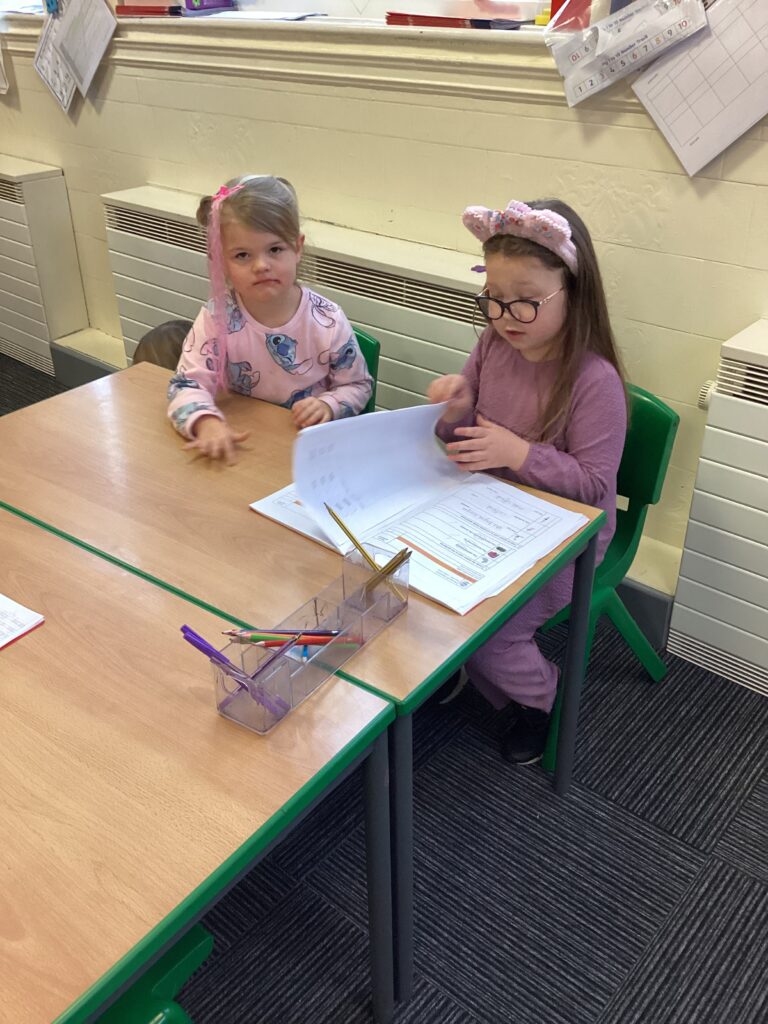
In Maths this week, Crew Gray have been using manipulatives in different ways to support our learning. We have found them to be really helpful when working out Factors and Square numbers.
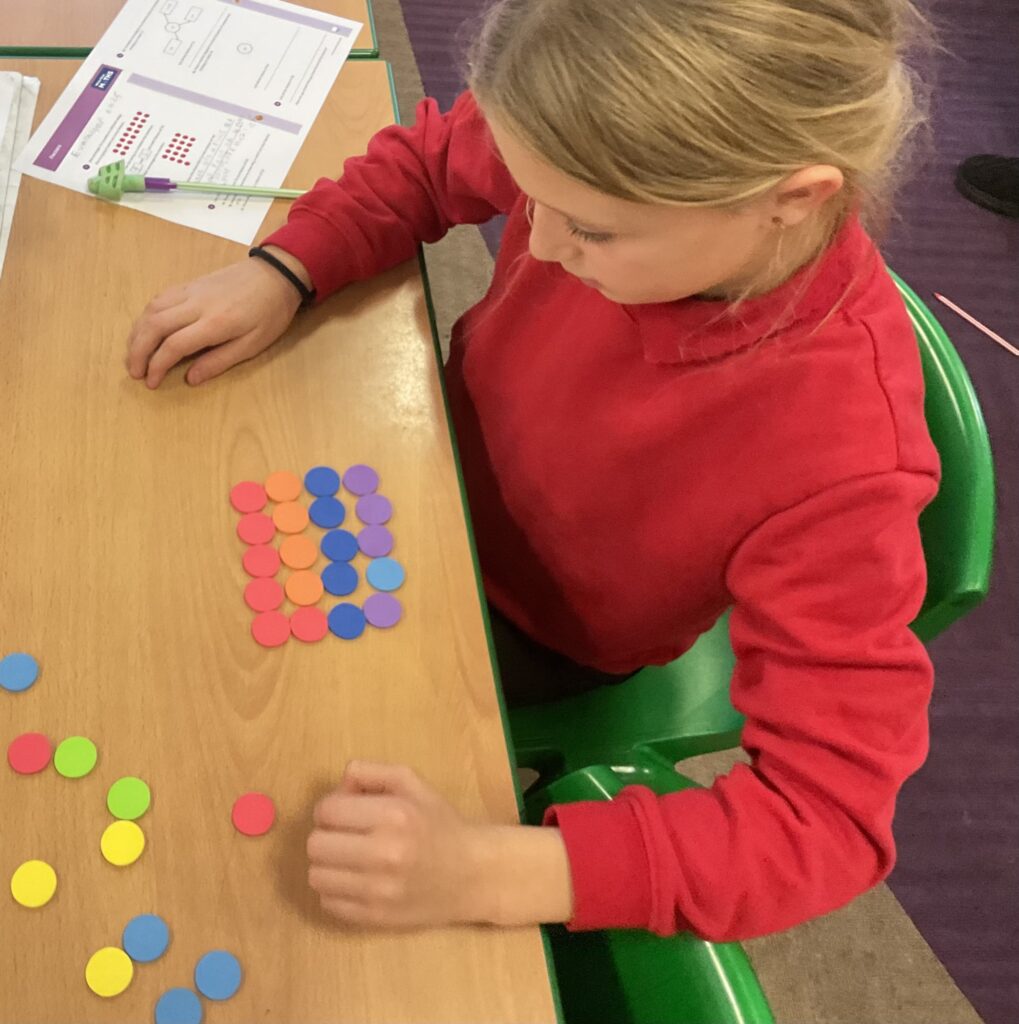
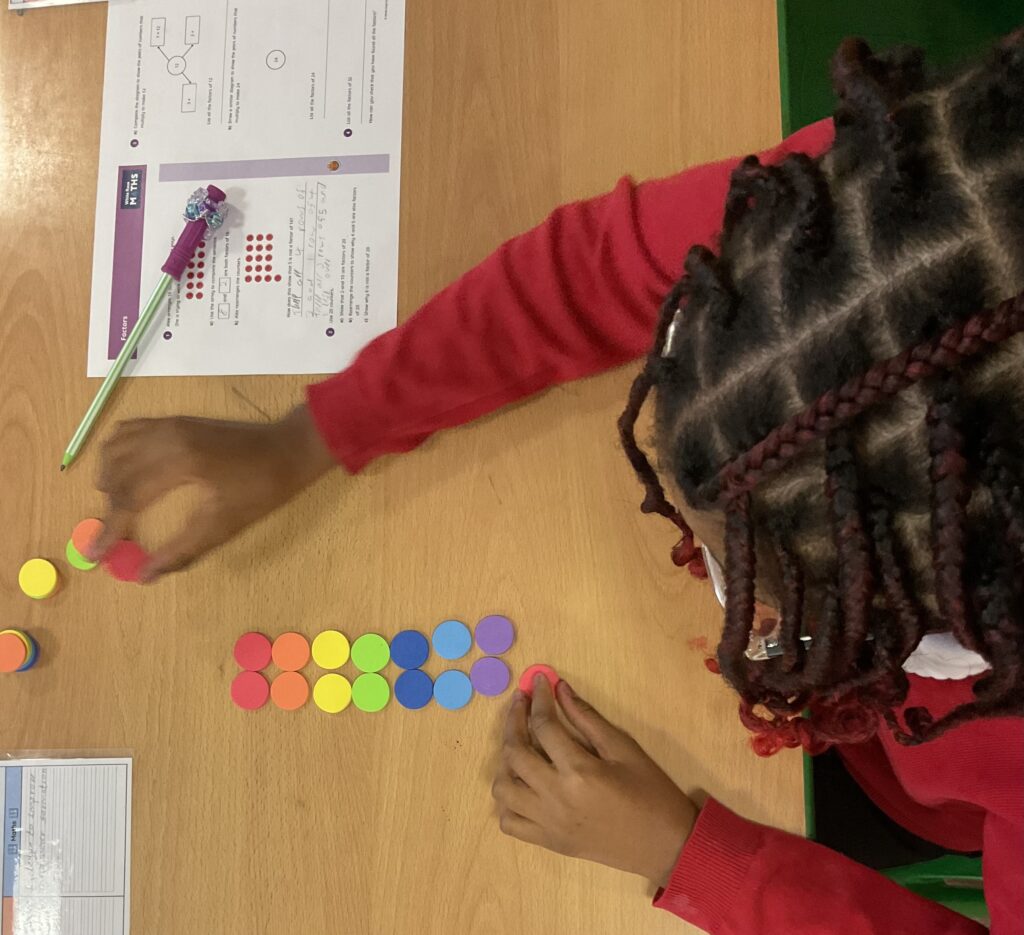
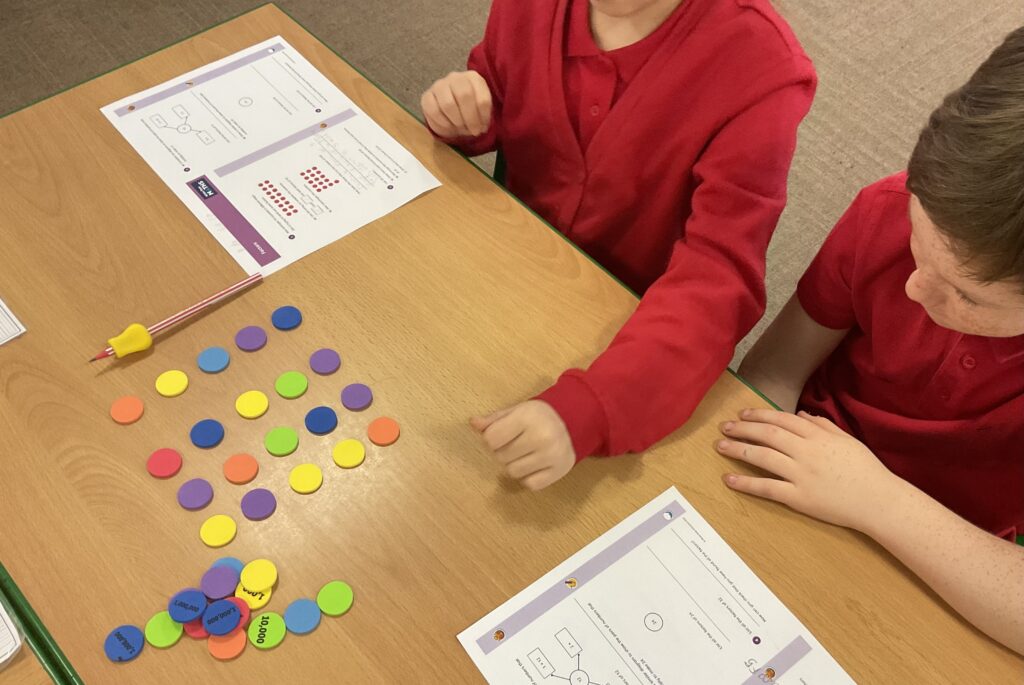
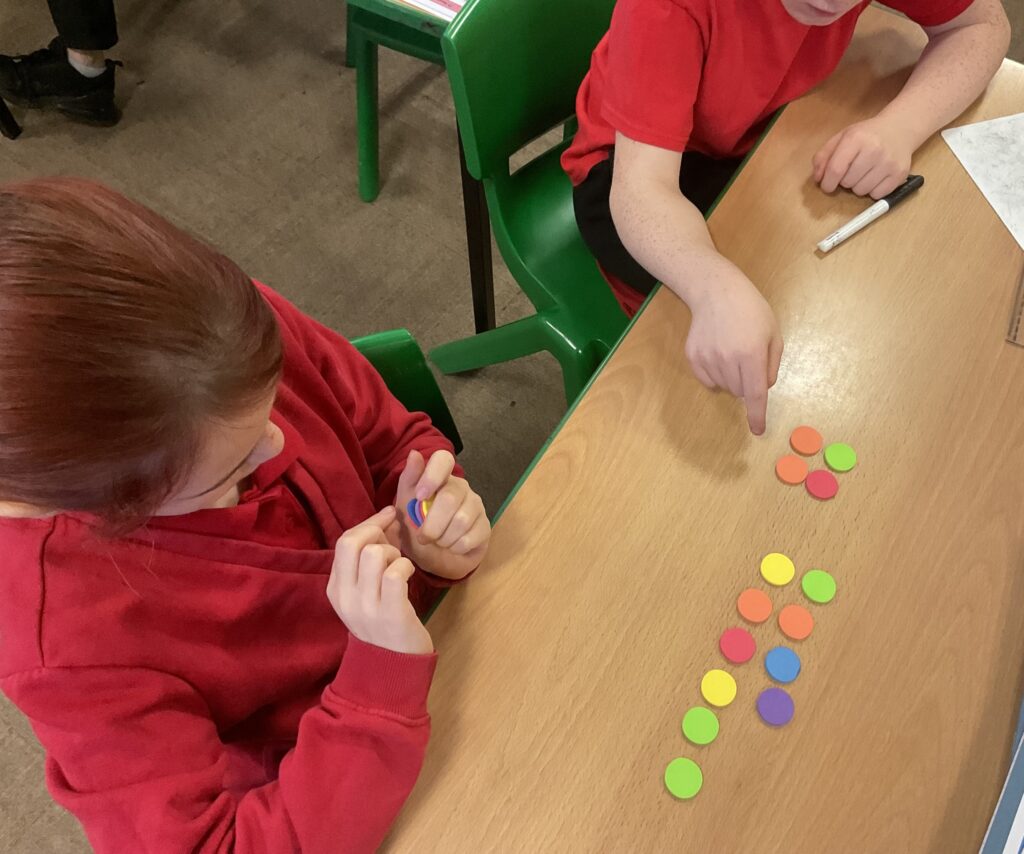
In year 3, 4 and 5/6 this week, we have been grappling with getting ourselves logged on to our Google accounts but then taking it one step further by joining our Google classroom. This is a tool that was used during lockdown so children could access learning online and submit it to their teacher. Being able to access Google classroom will allow children to develop their computing skills and complete some of their learning online. It also encourages children to remember their details especially their passwords. Some children were able to show their resilience and patience while we got everyone to the same point before moving on.
